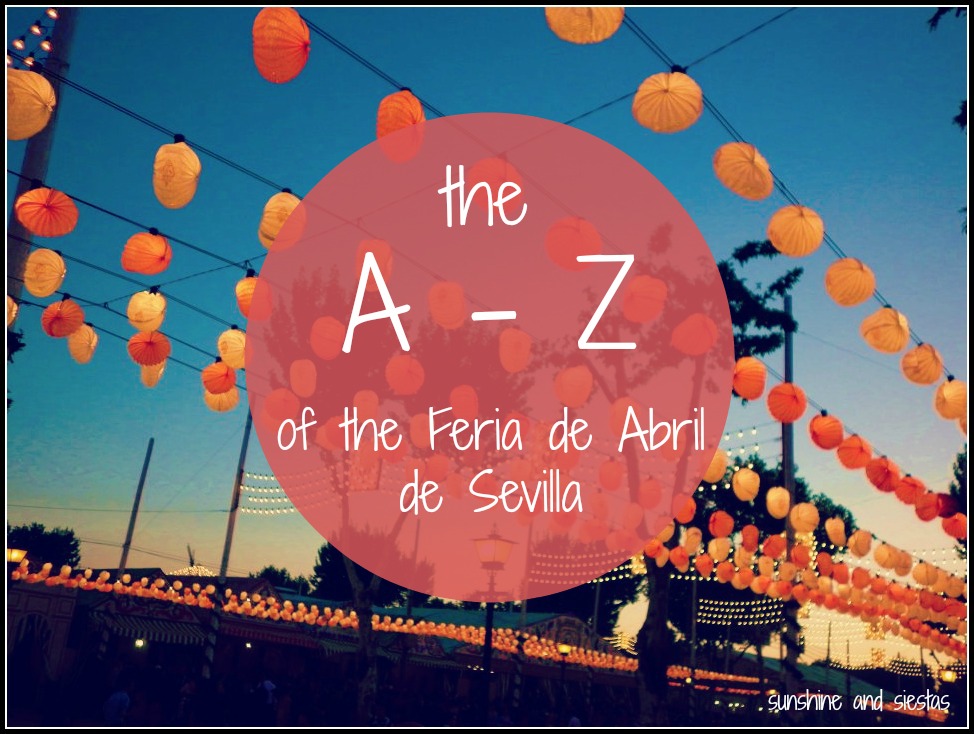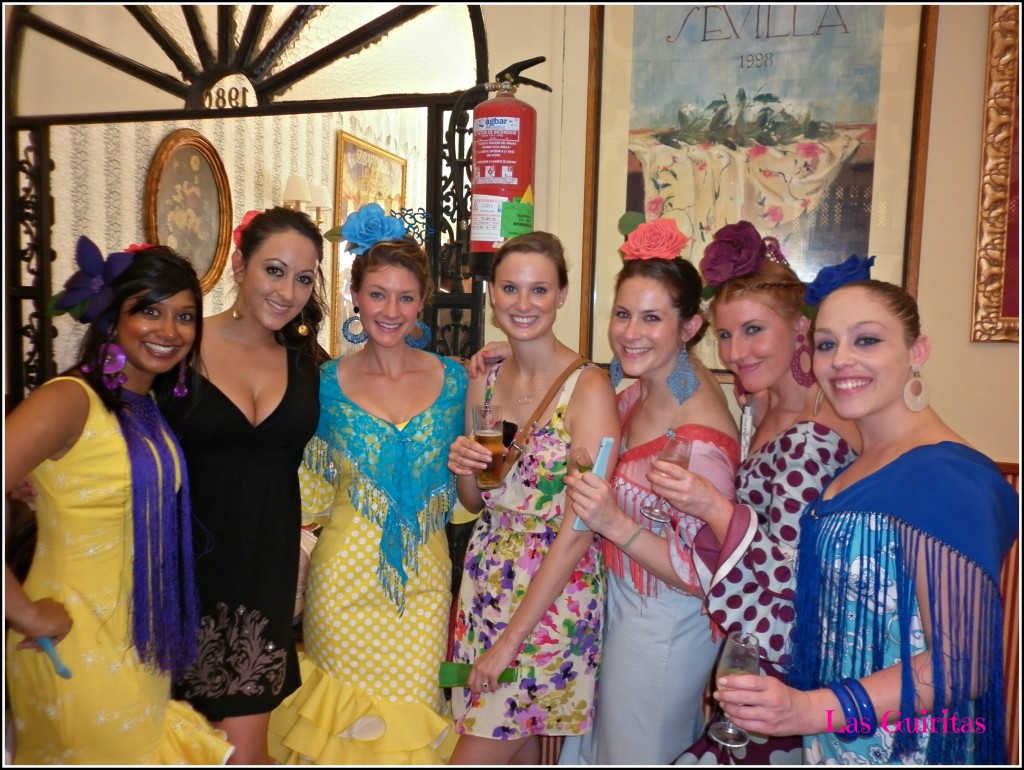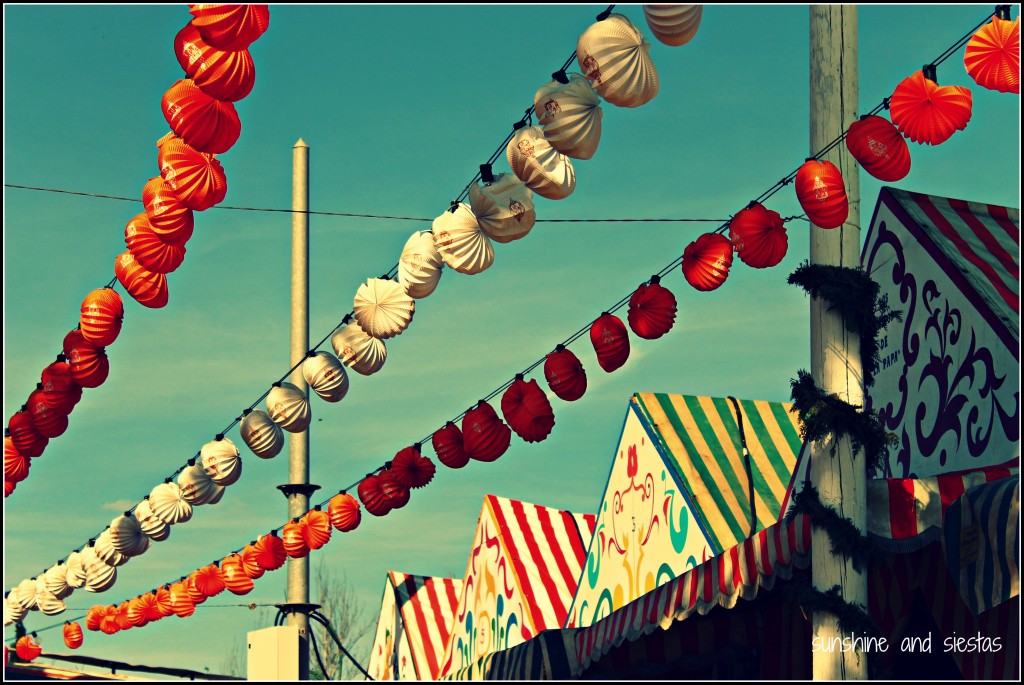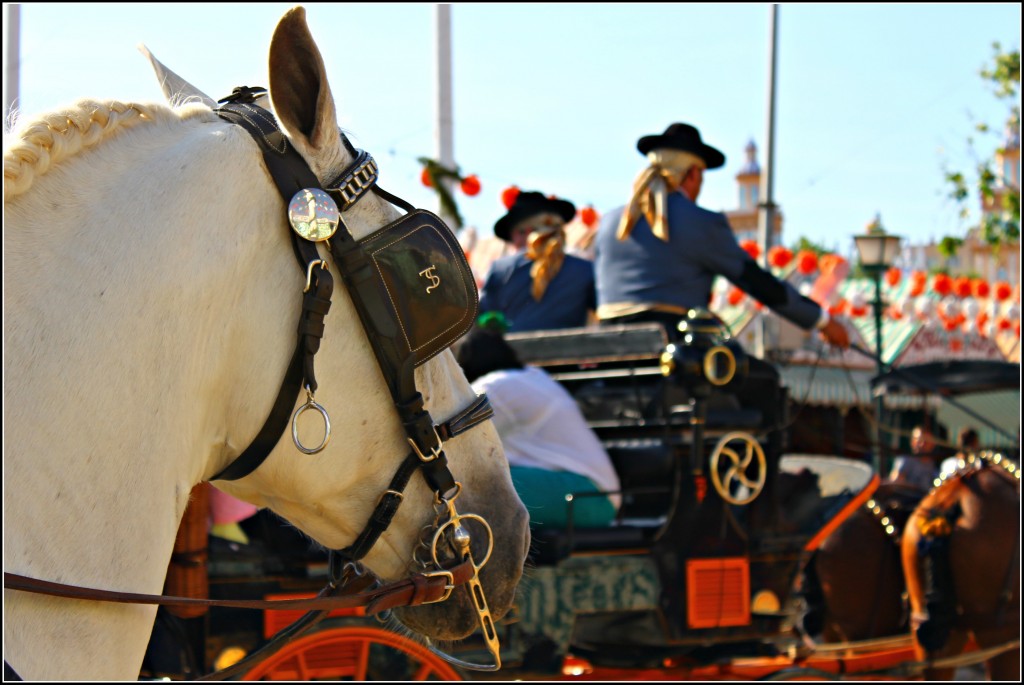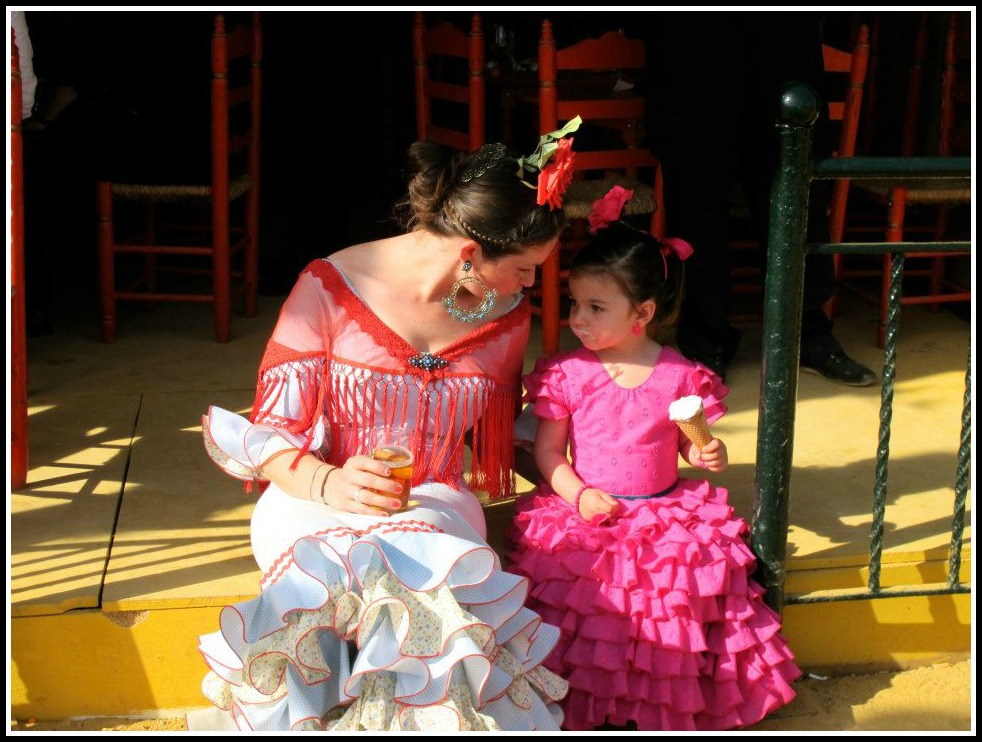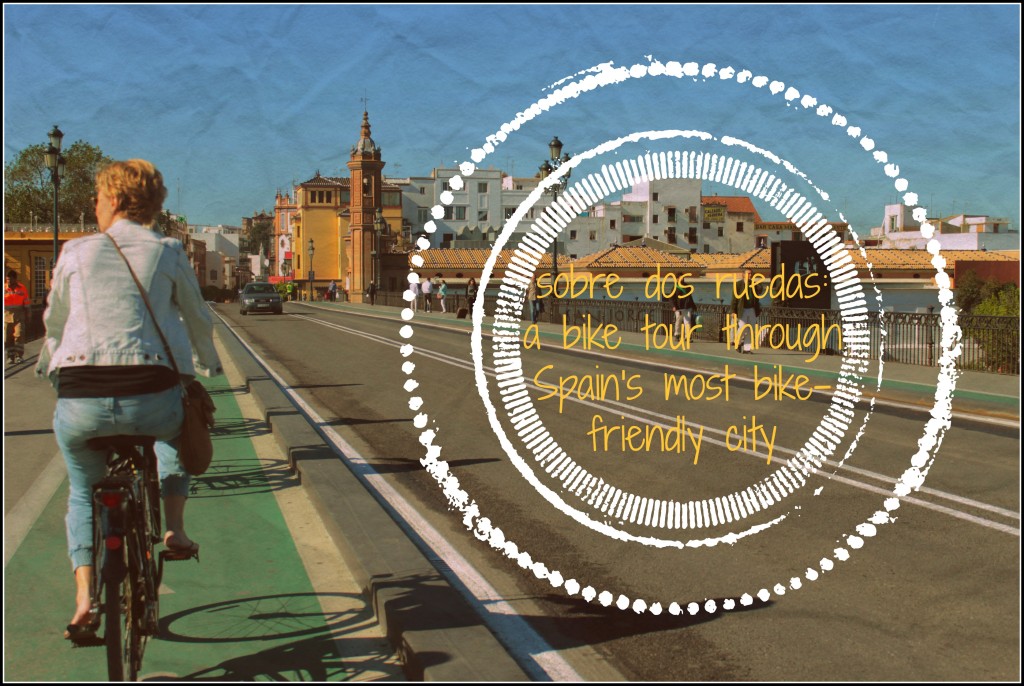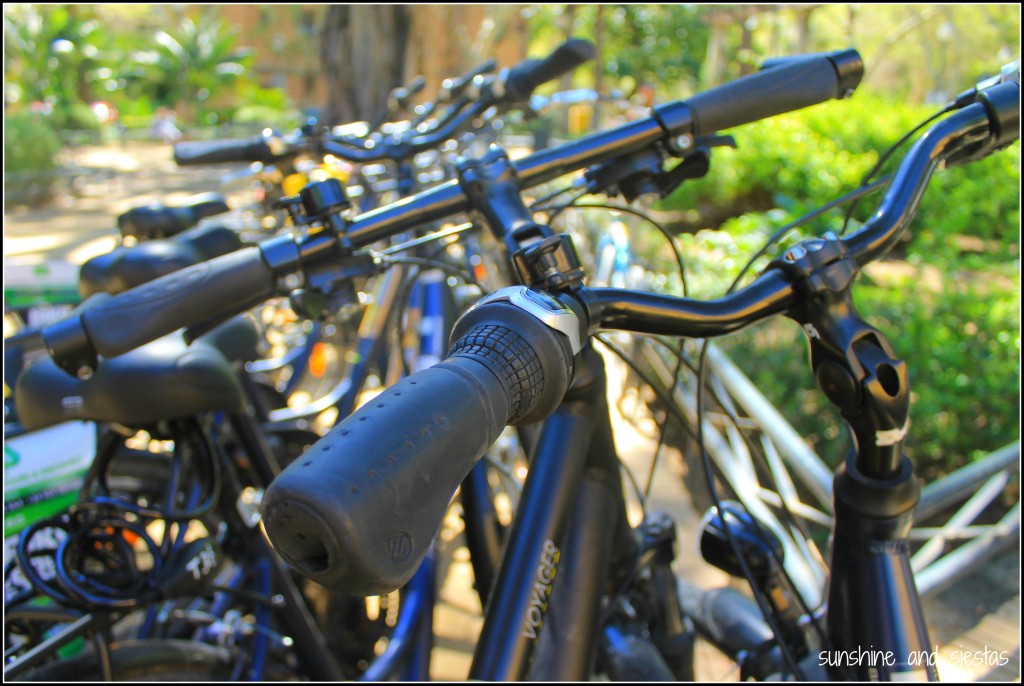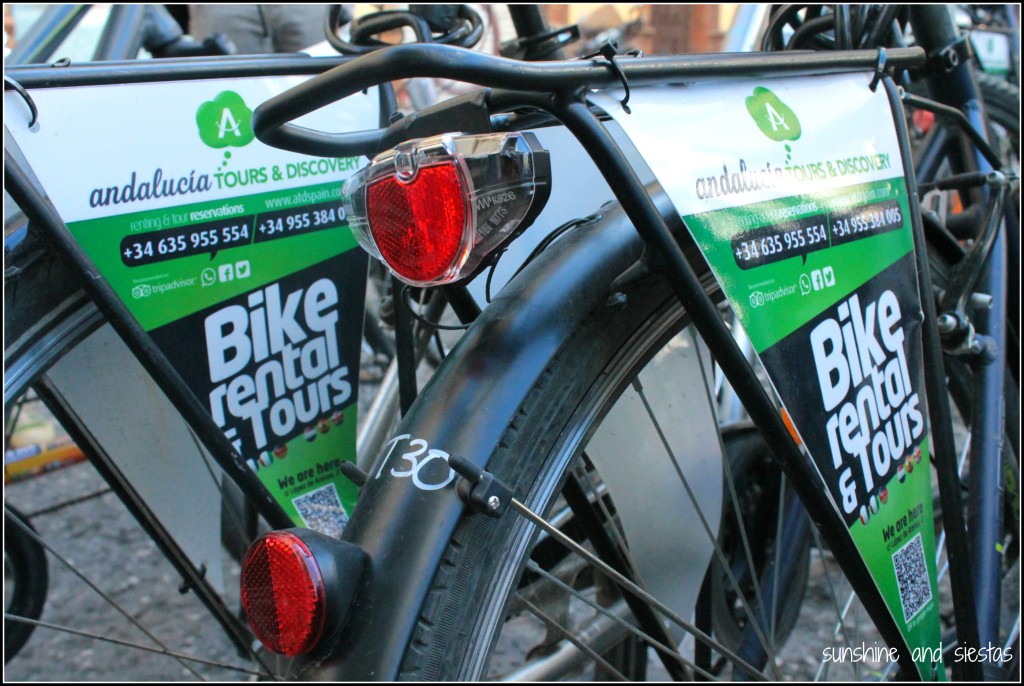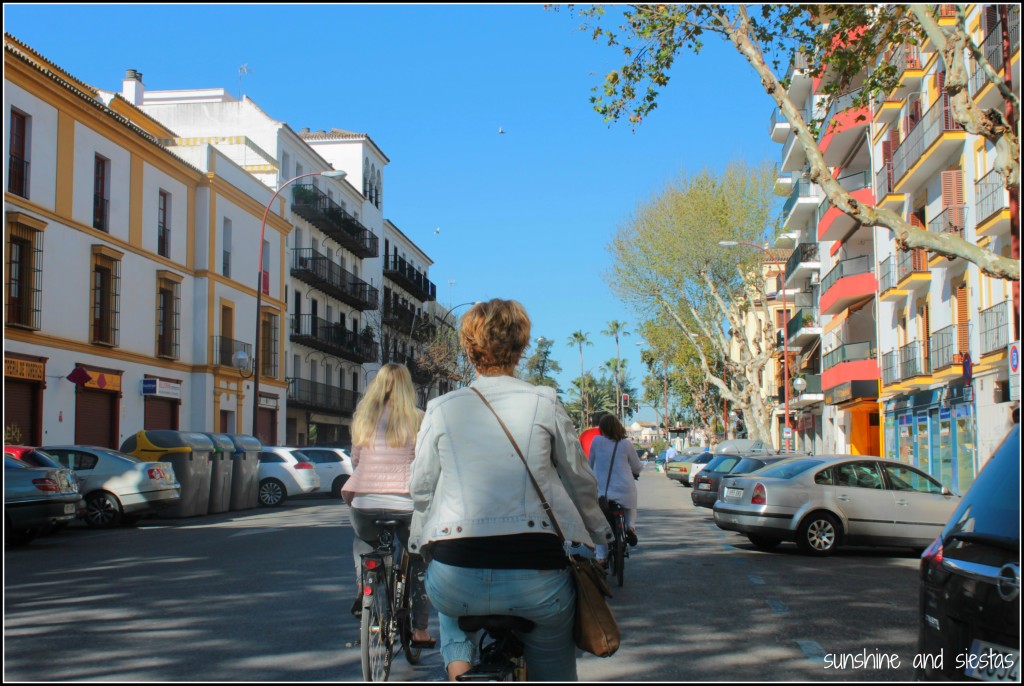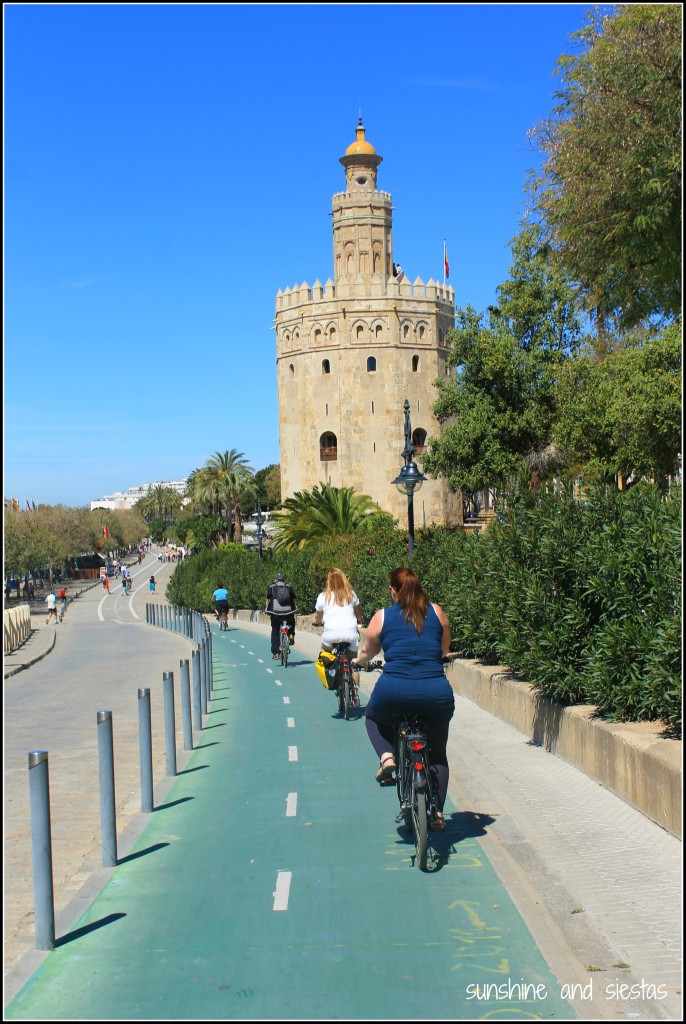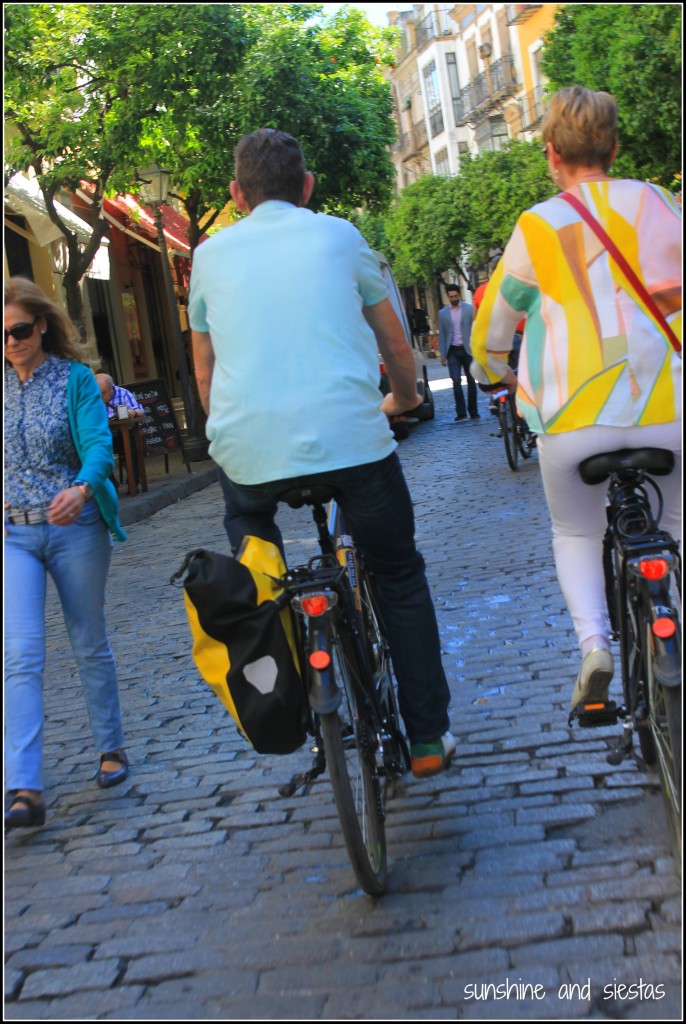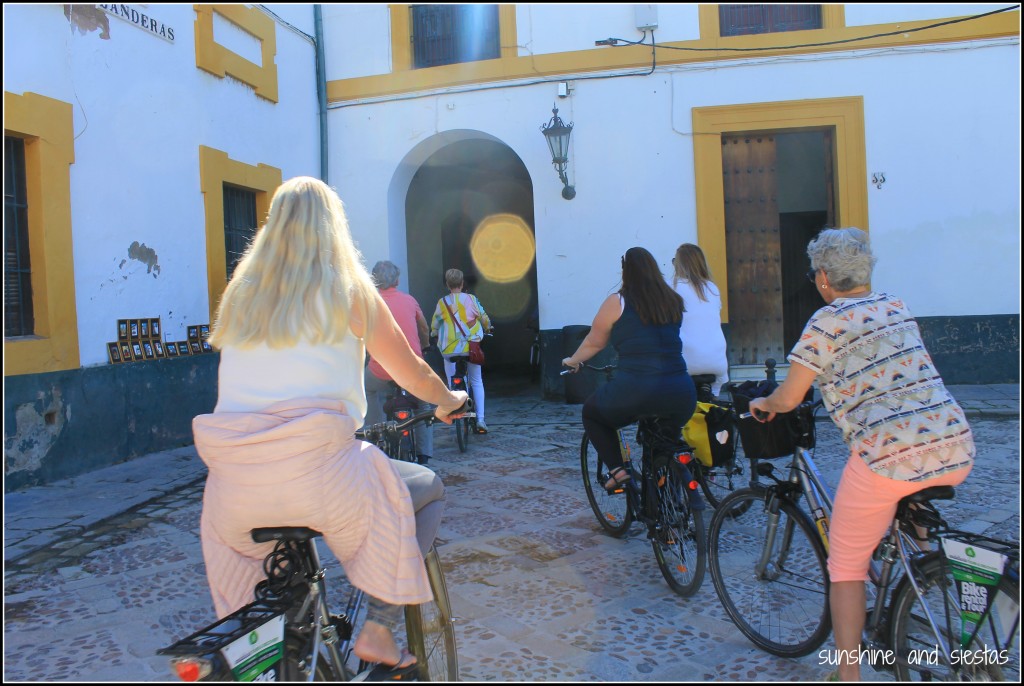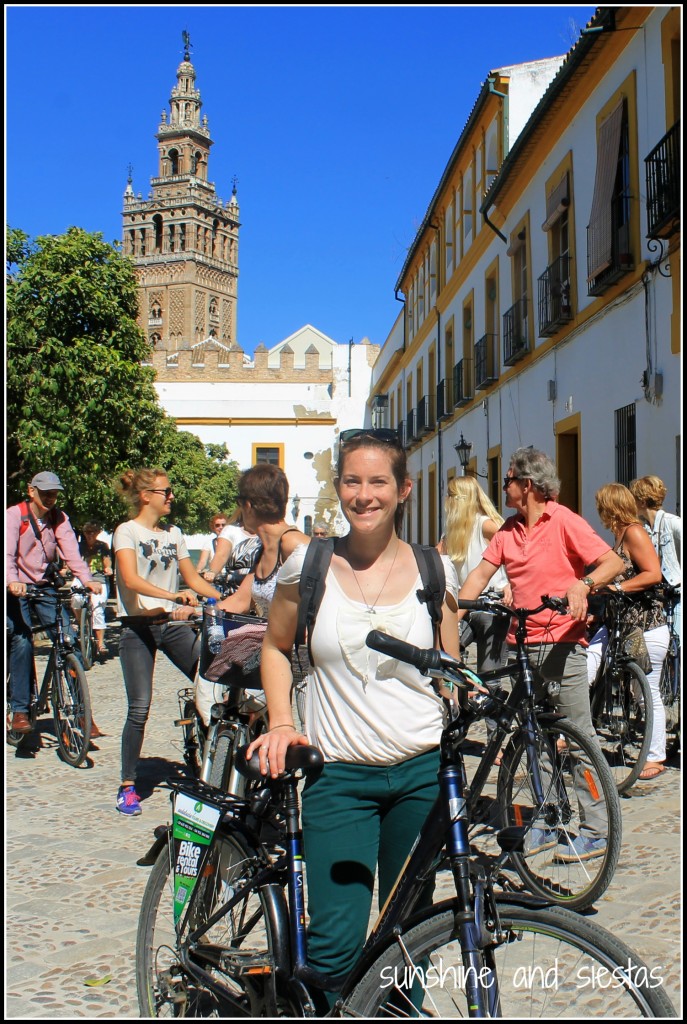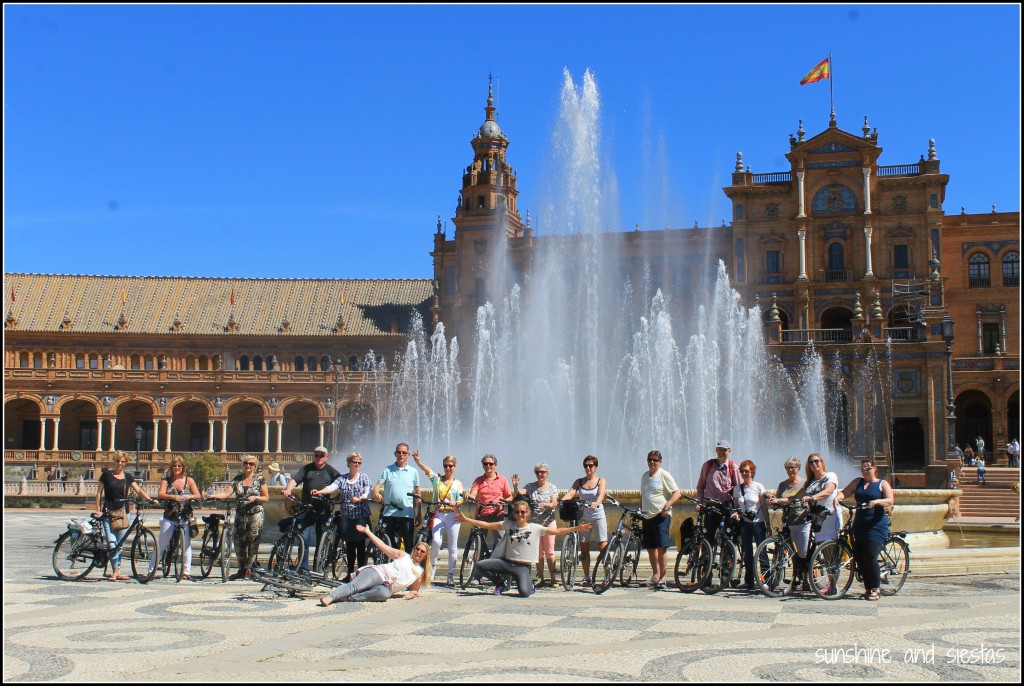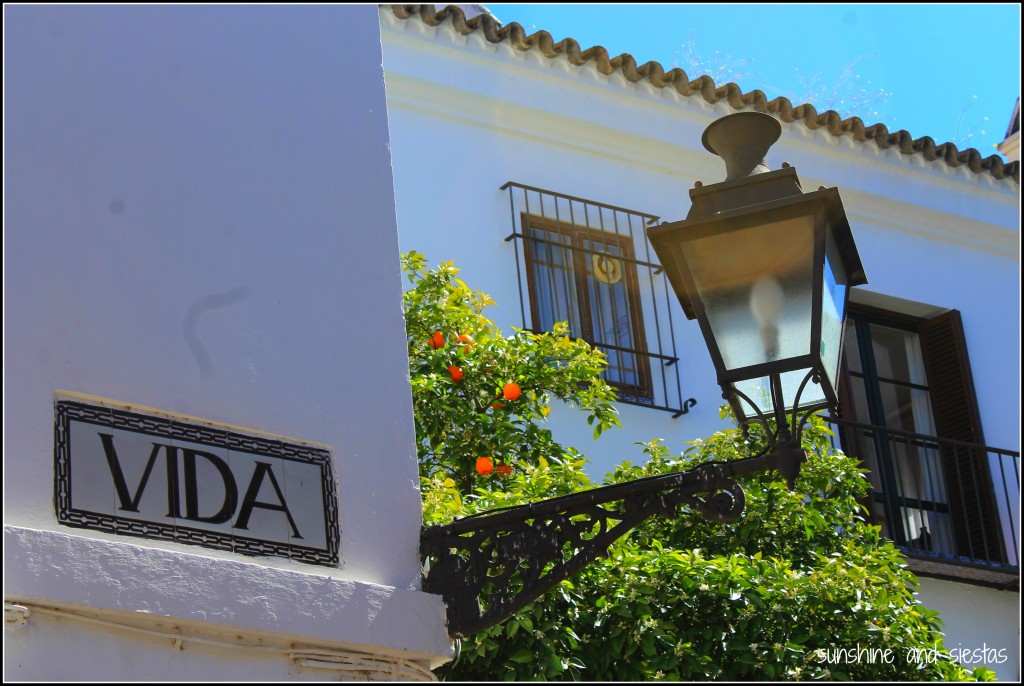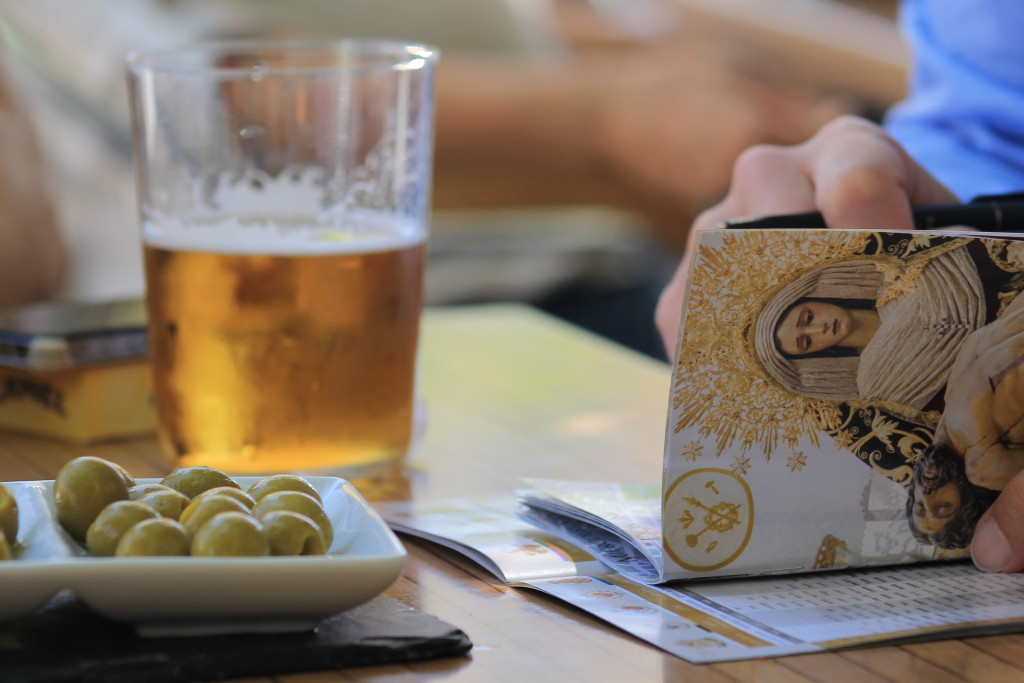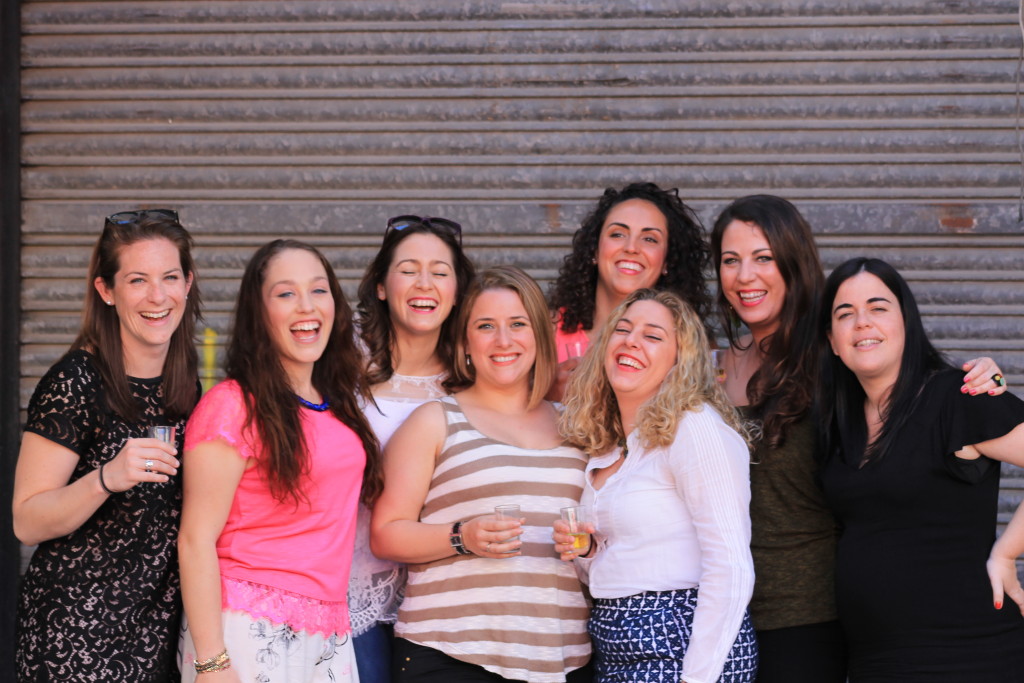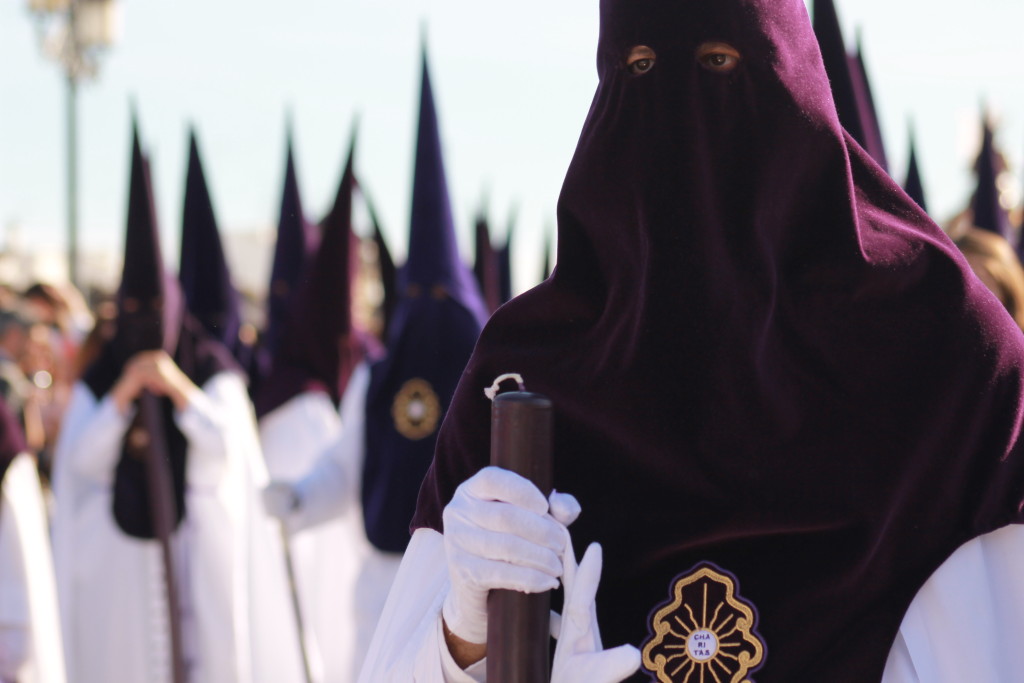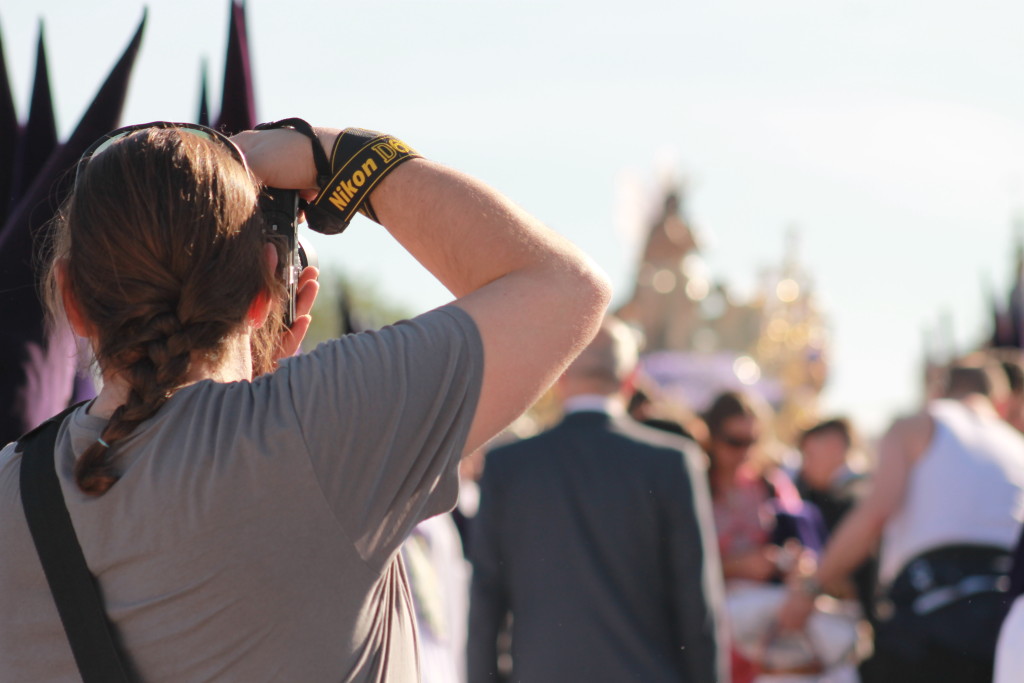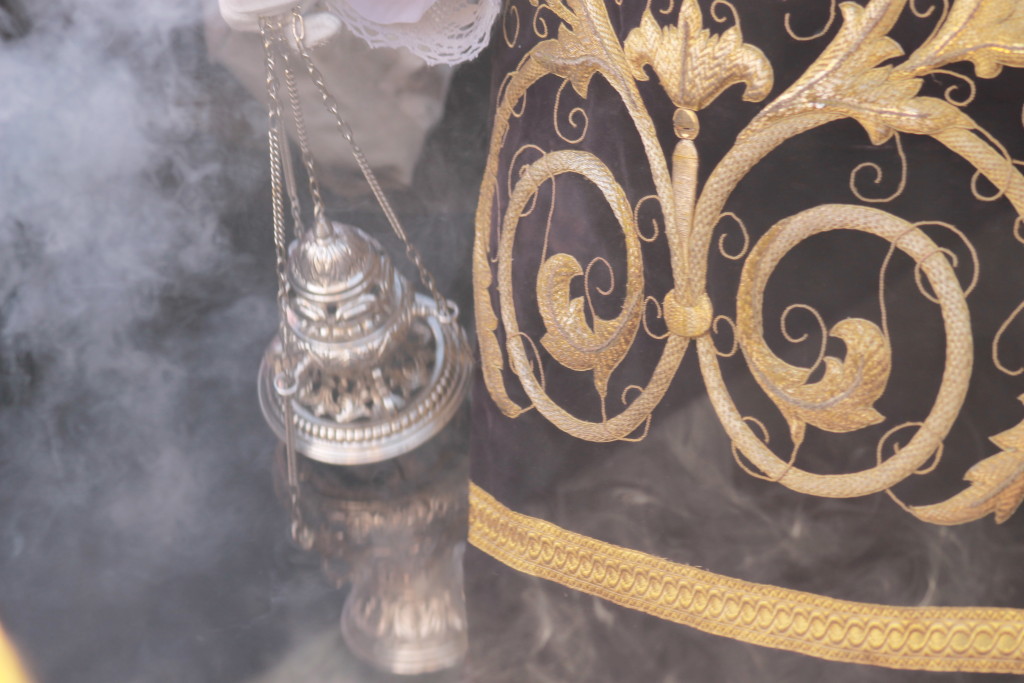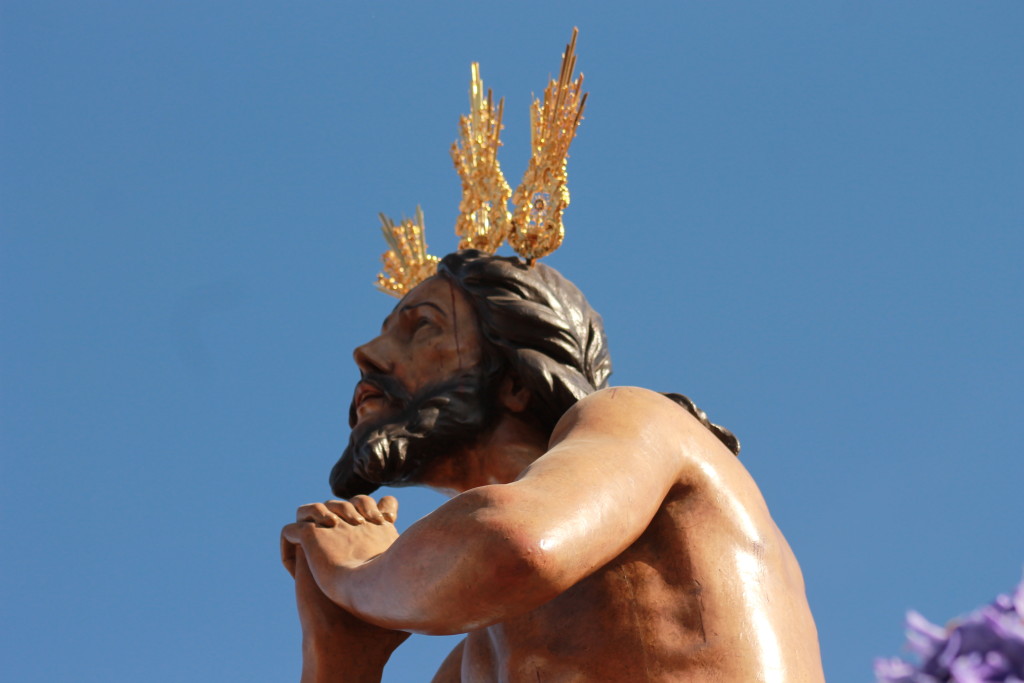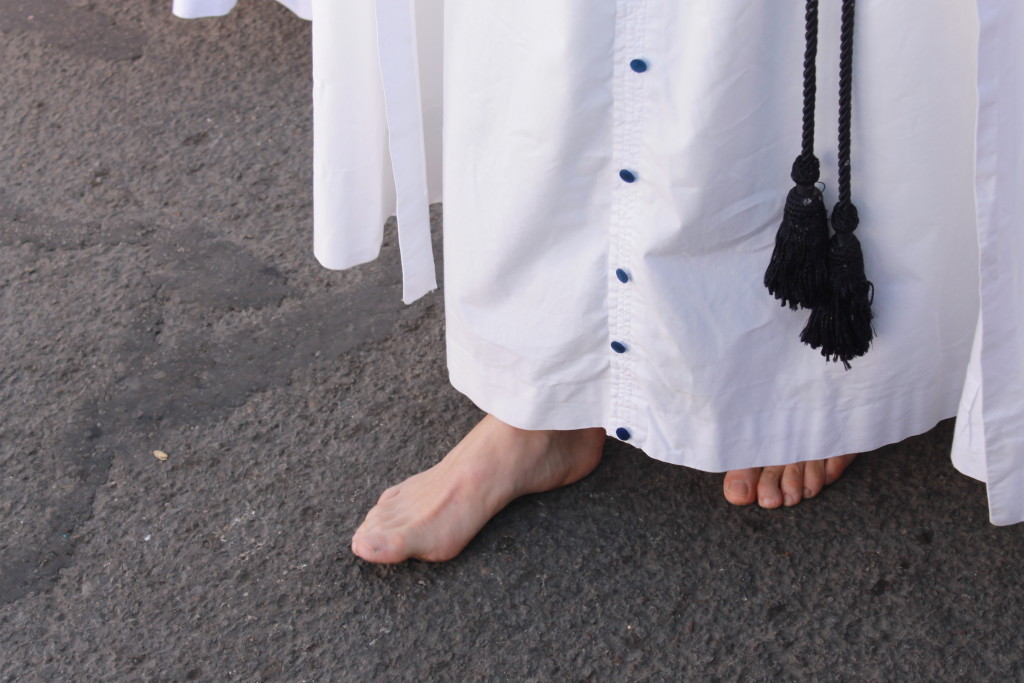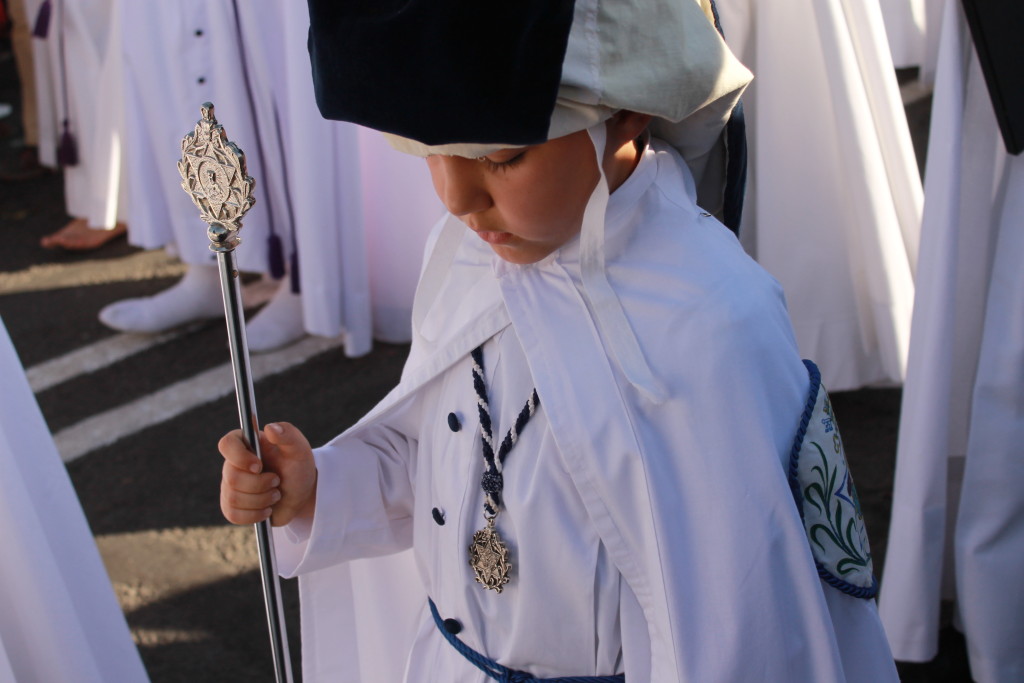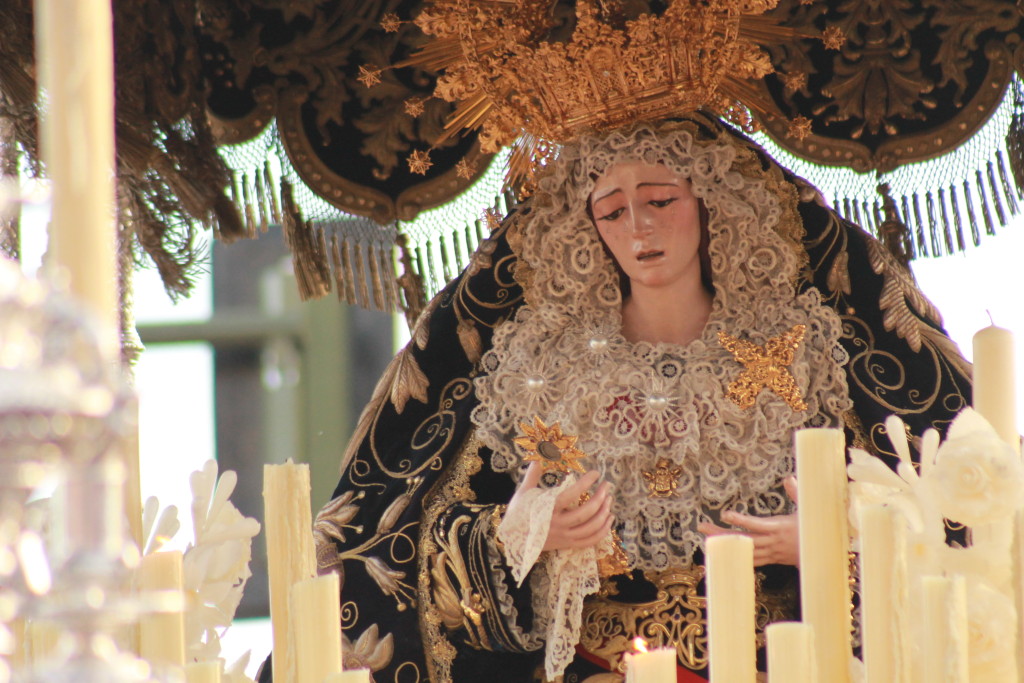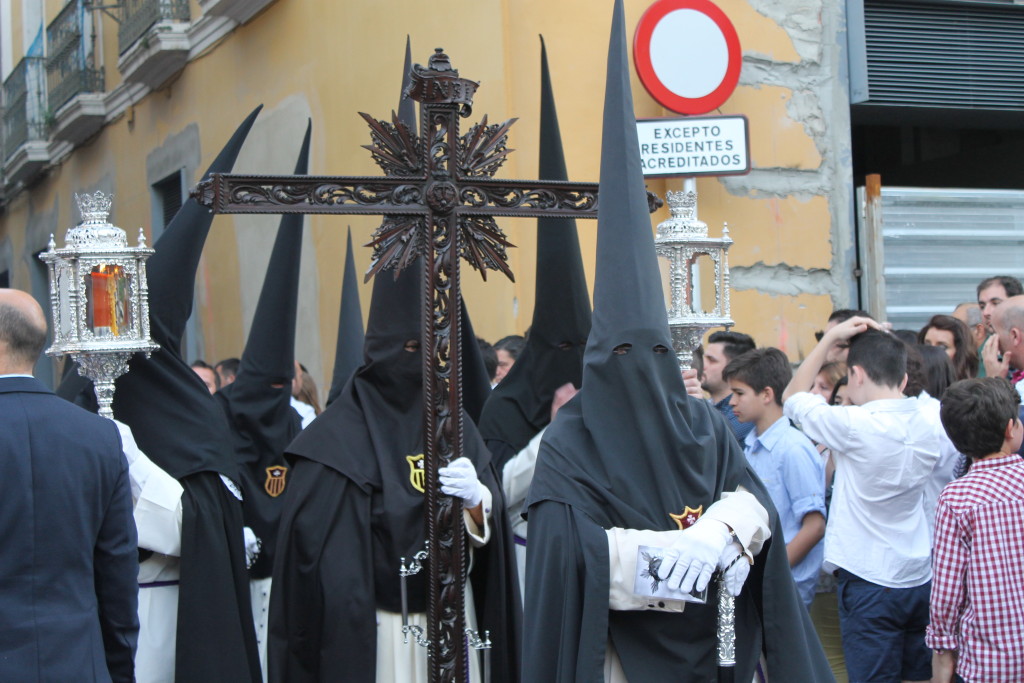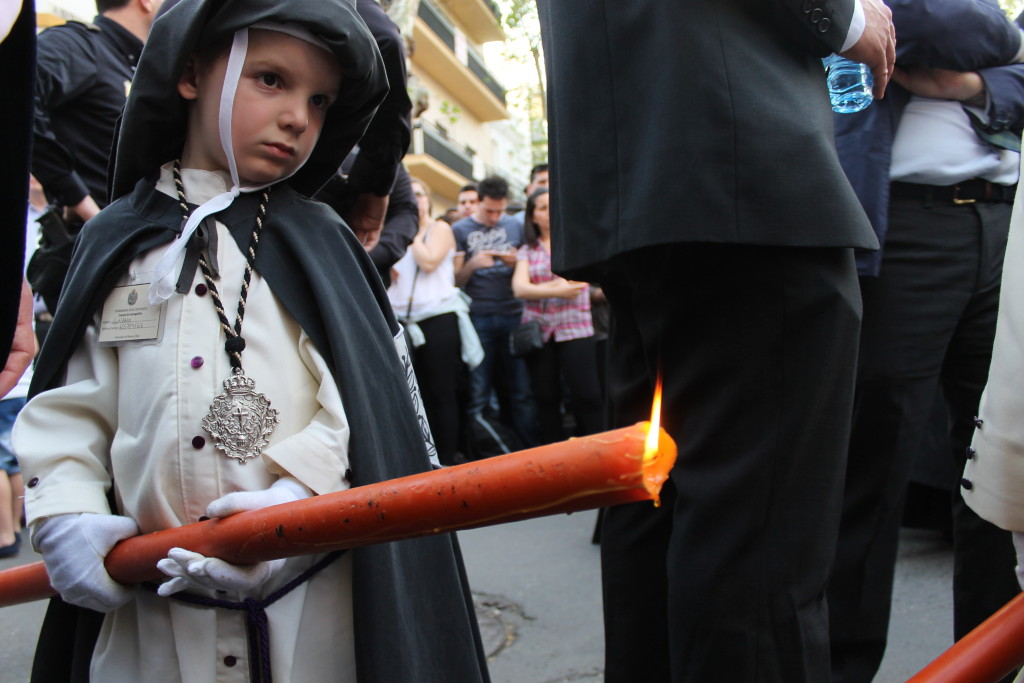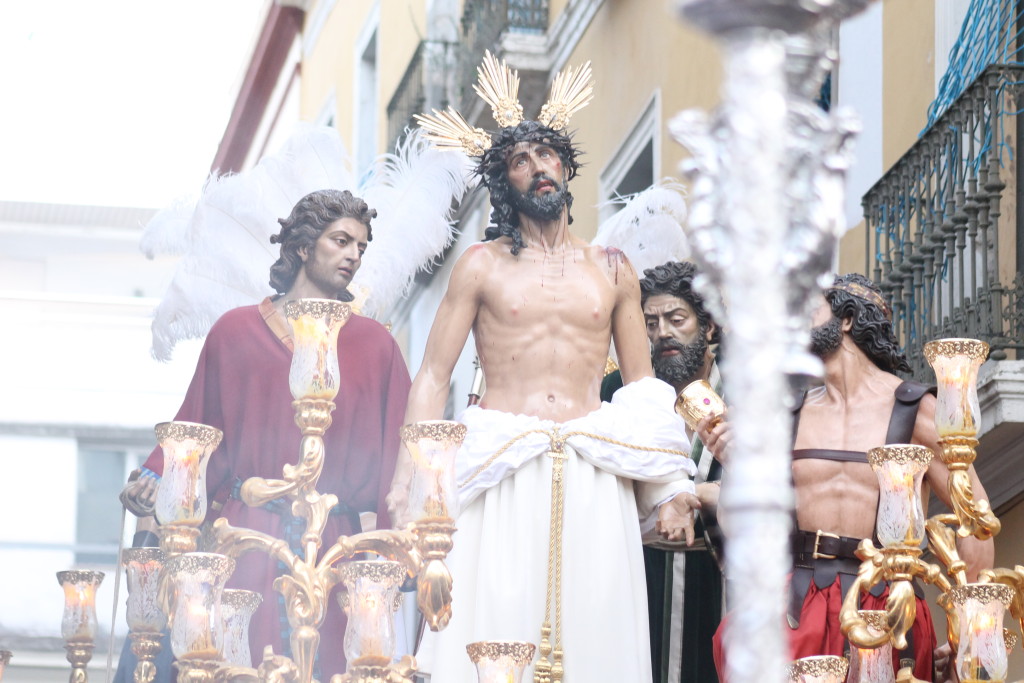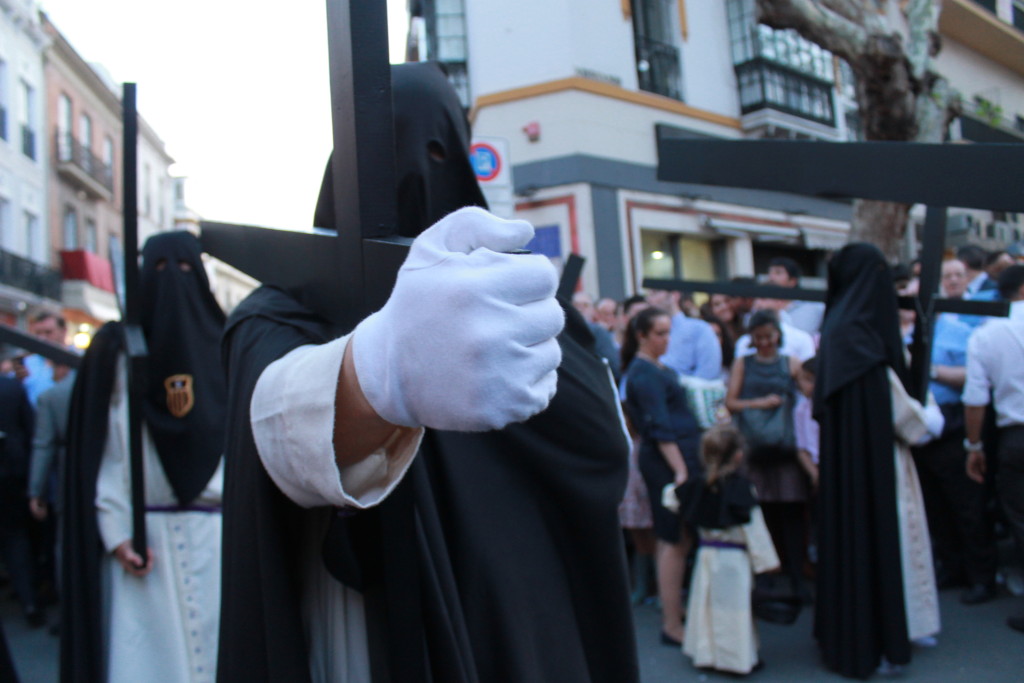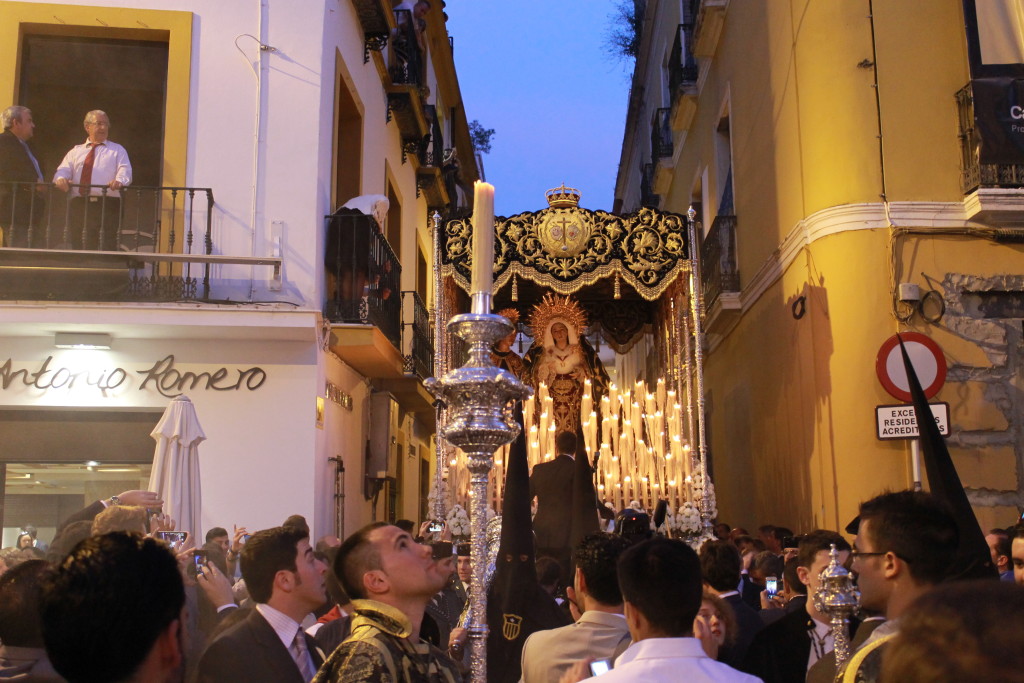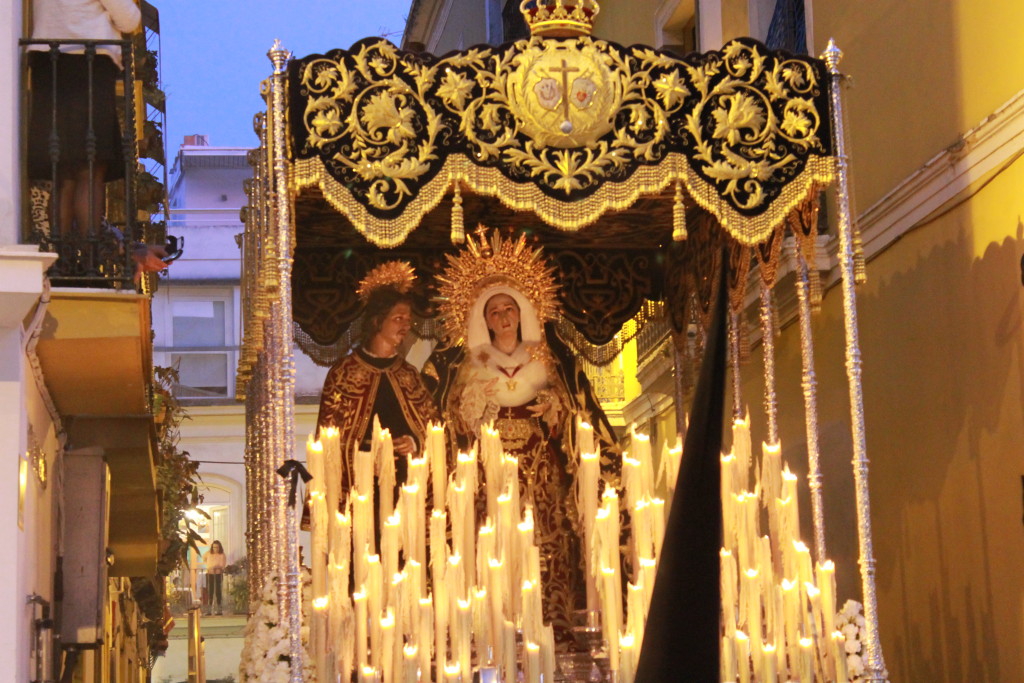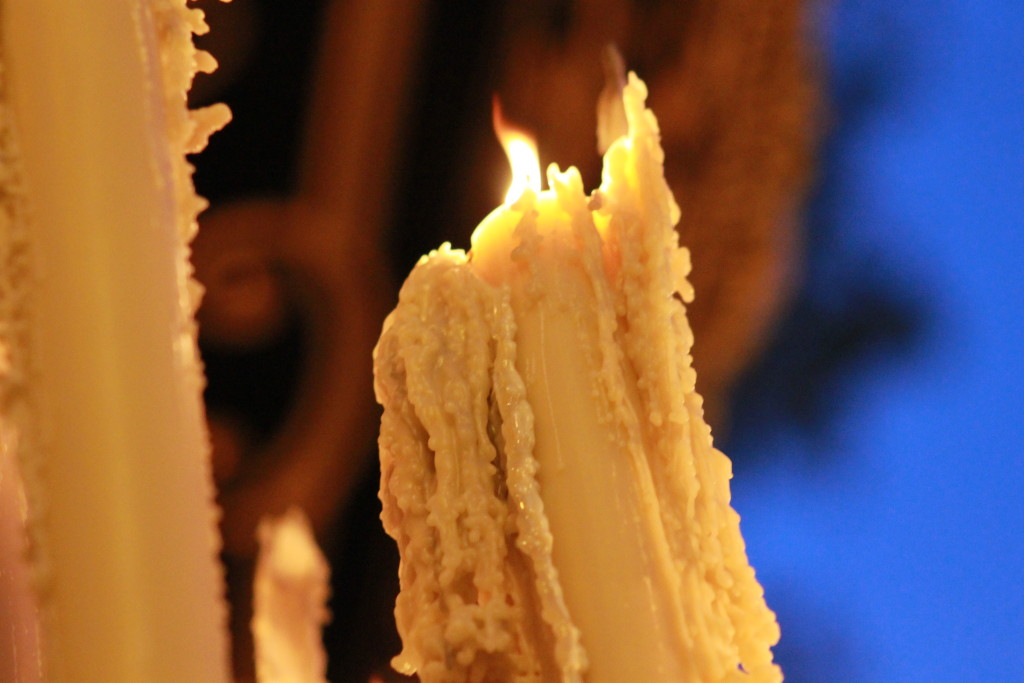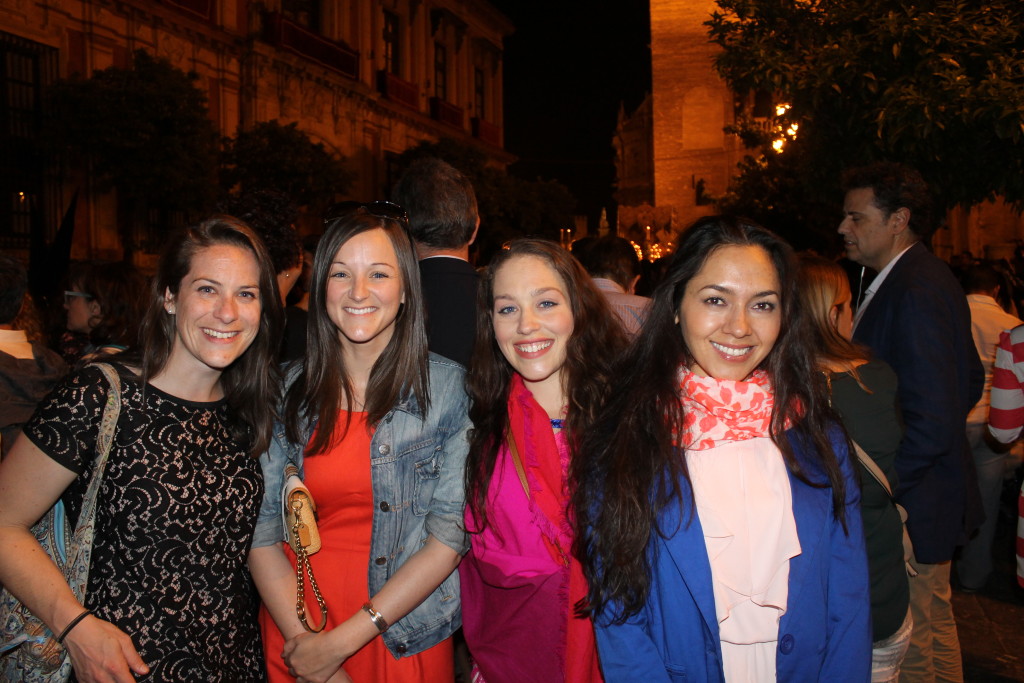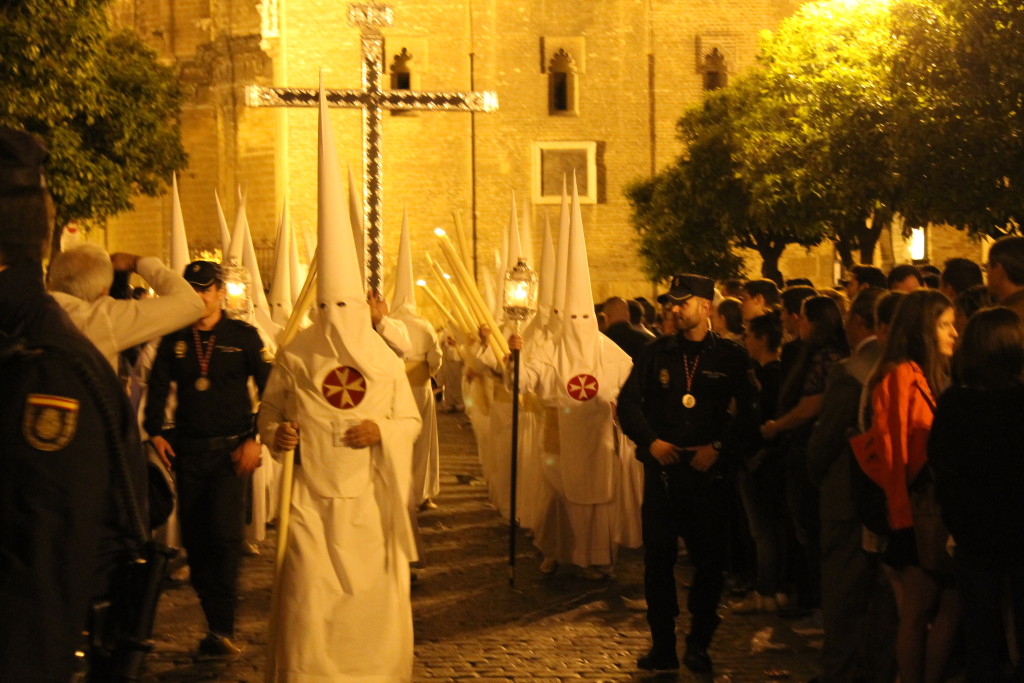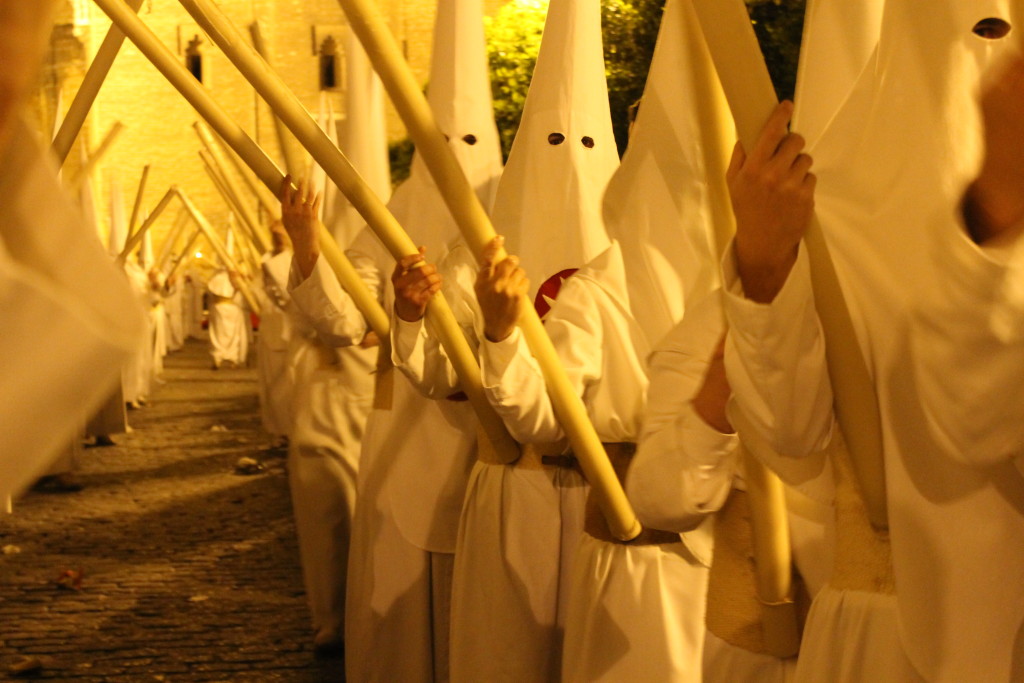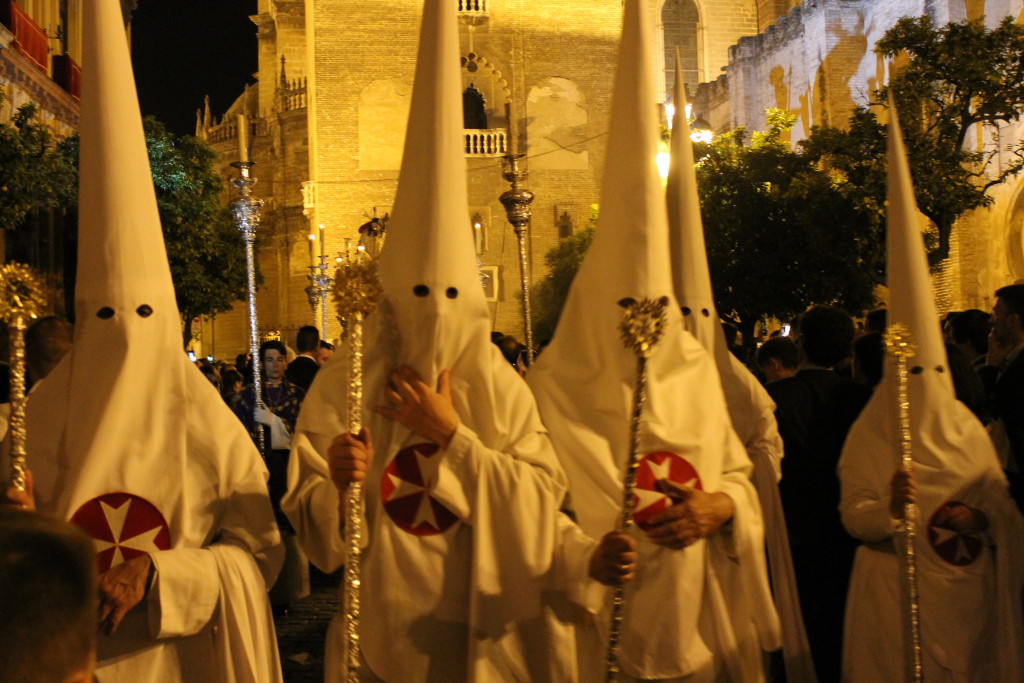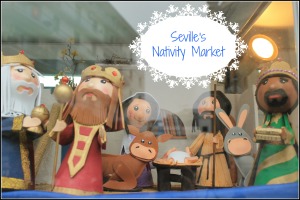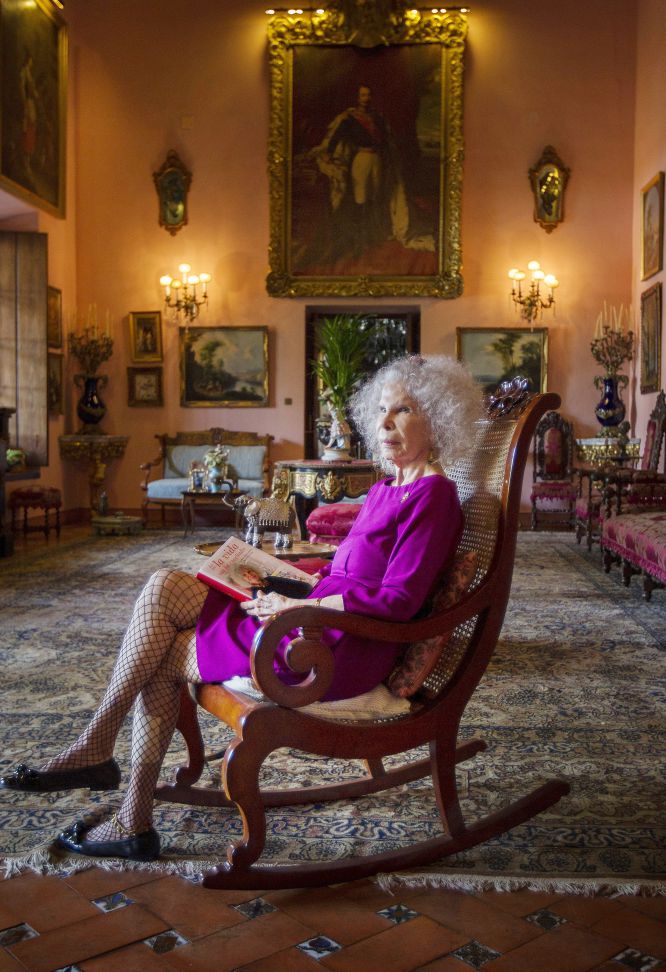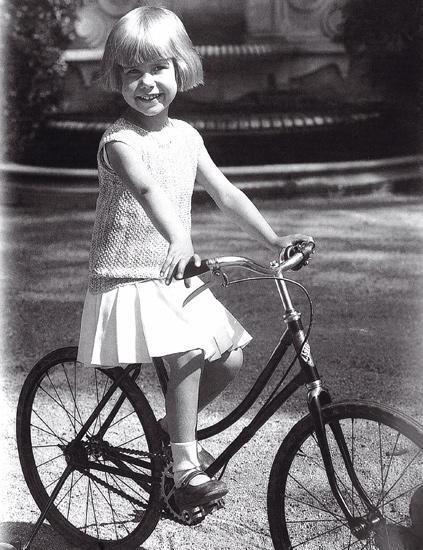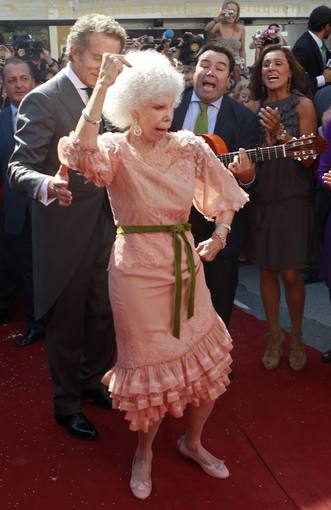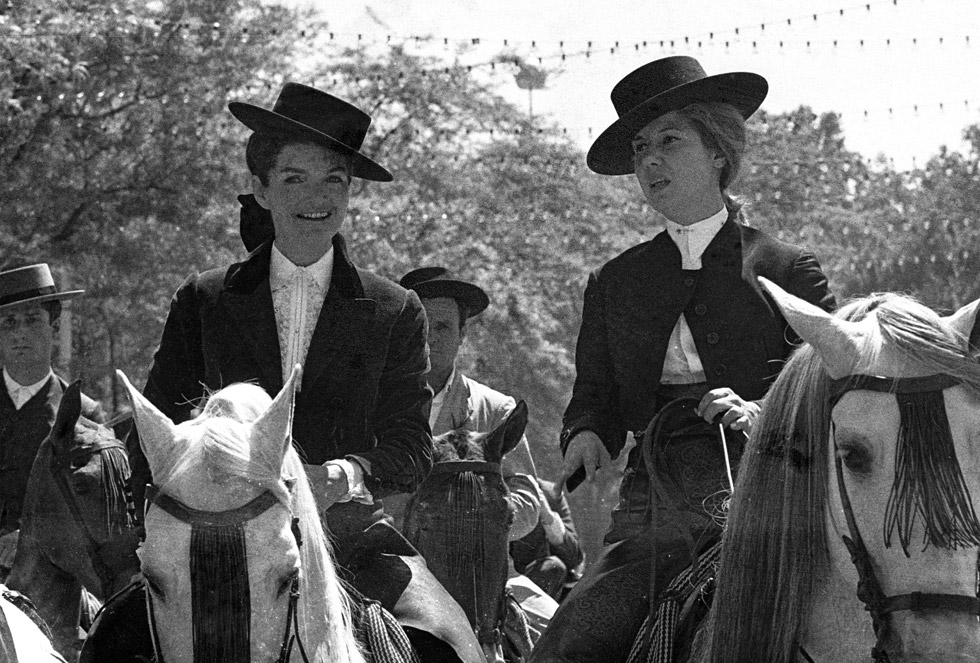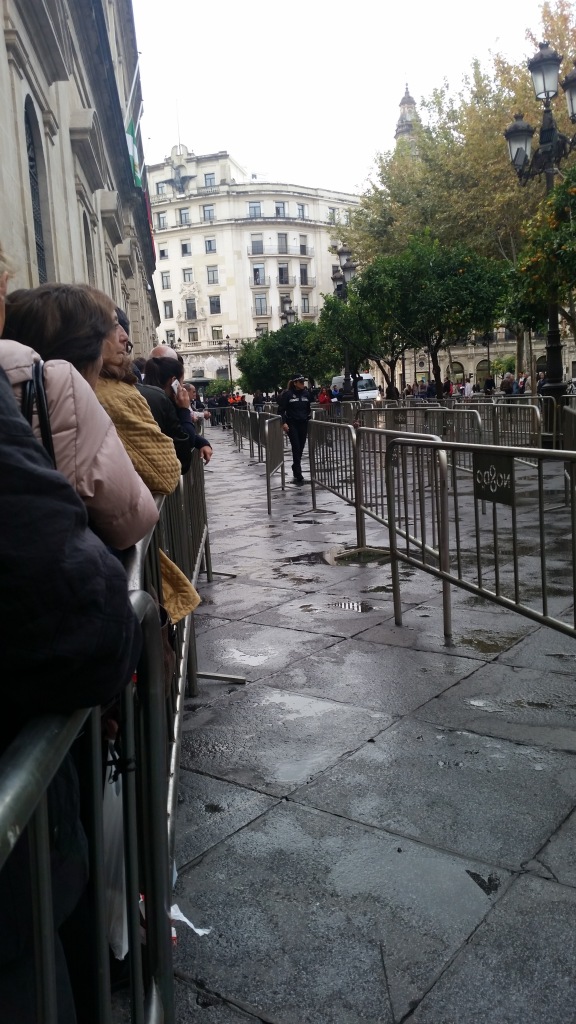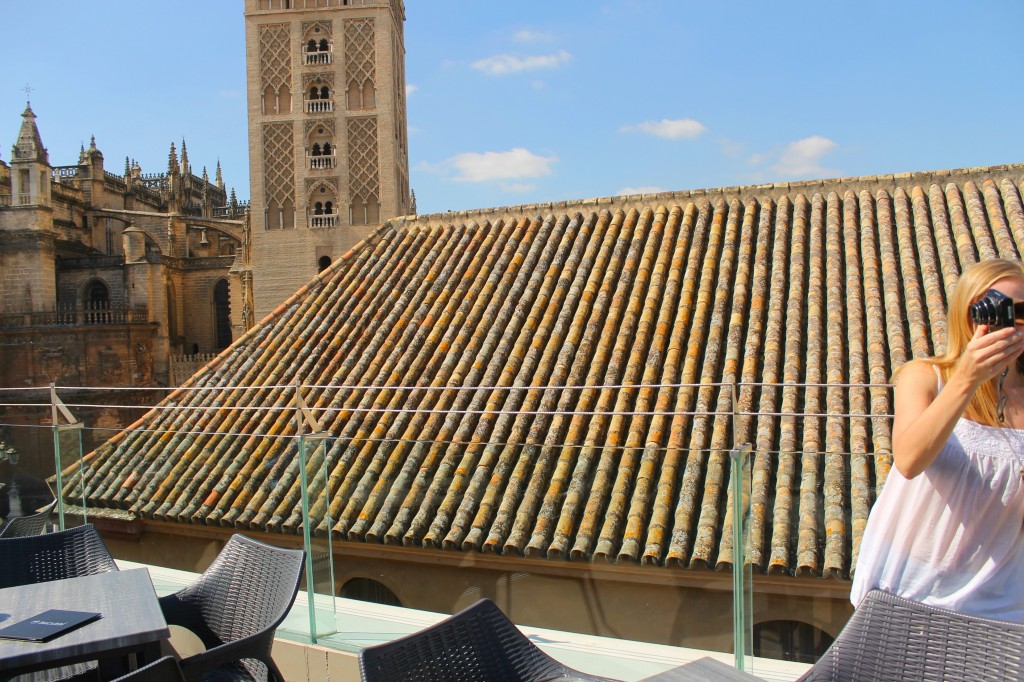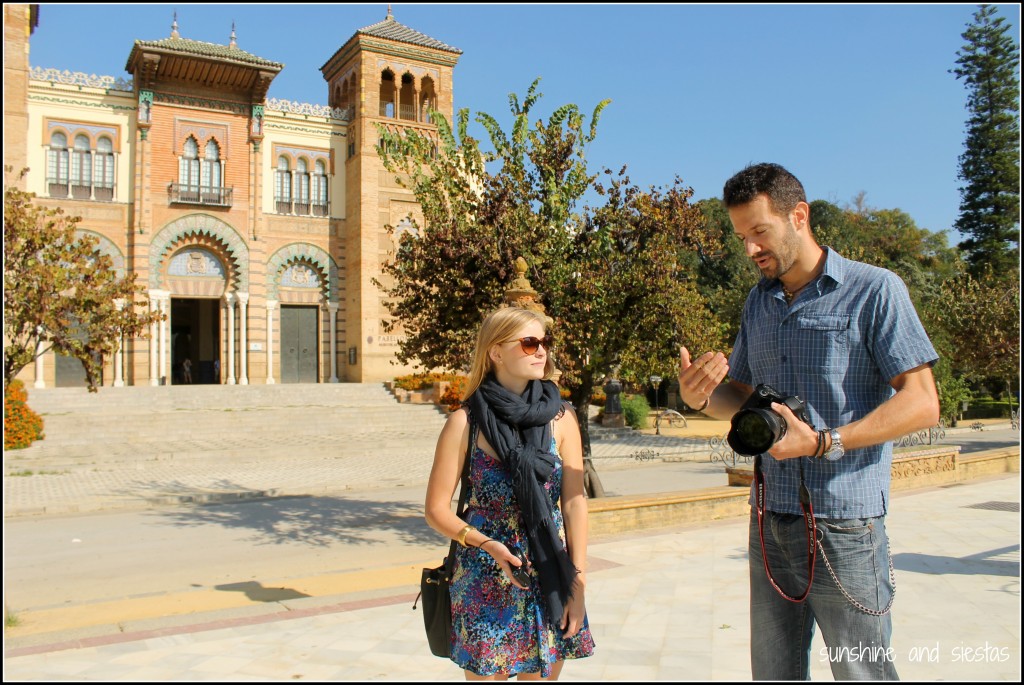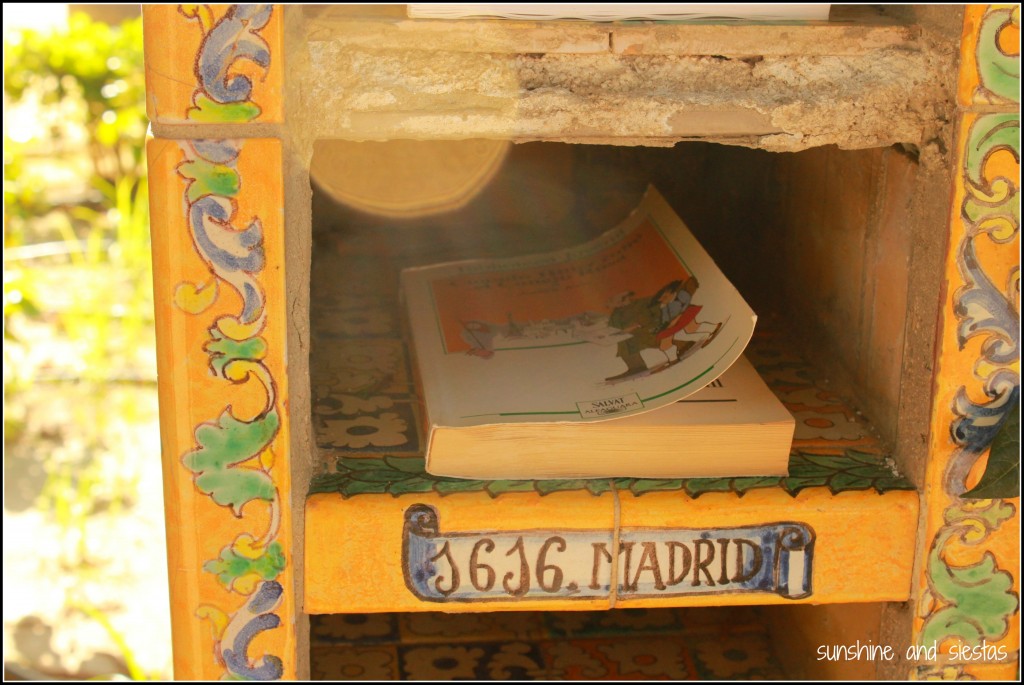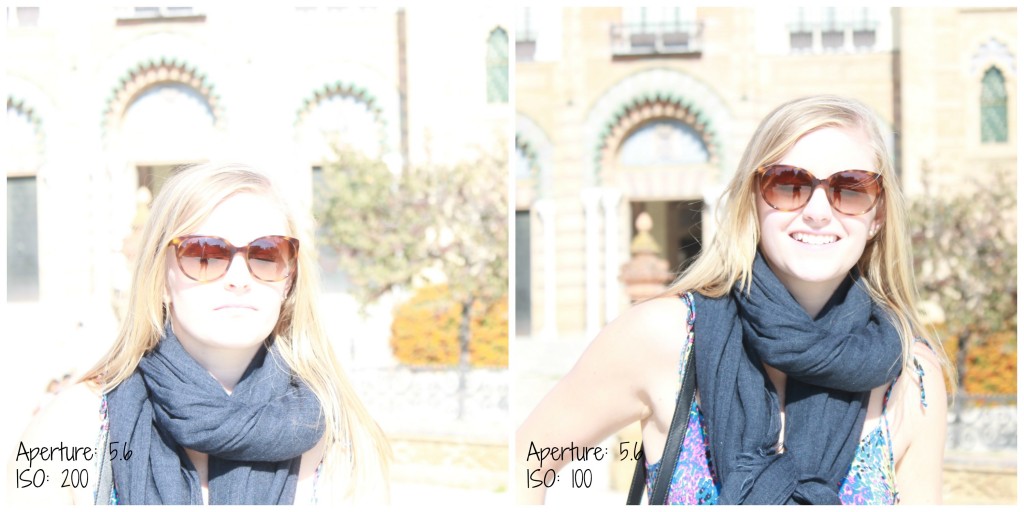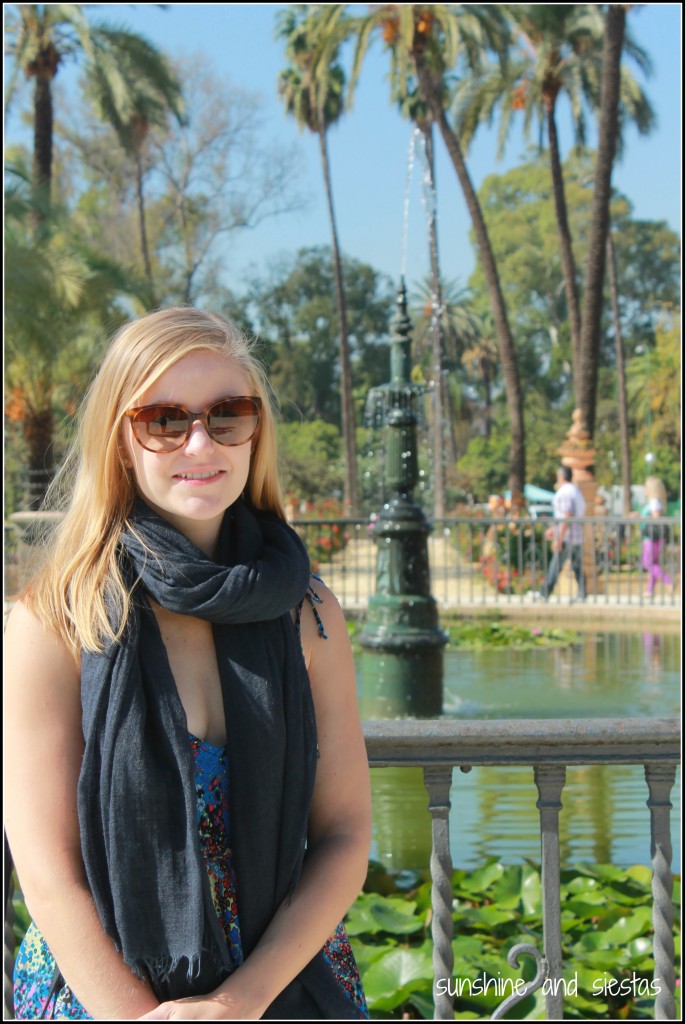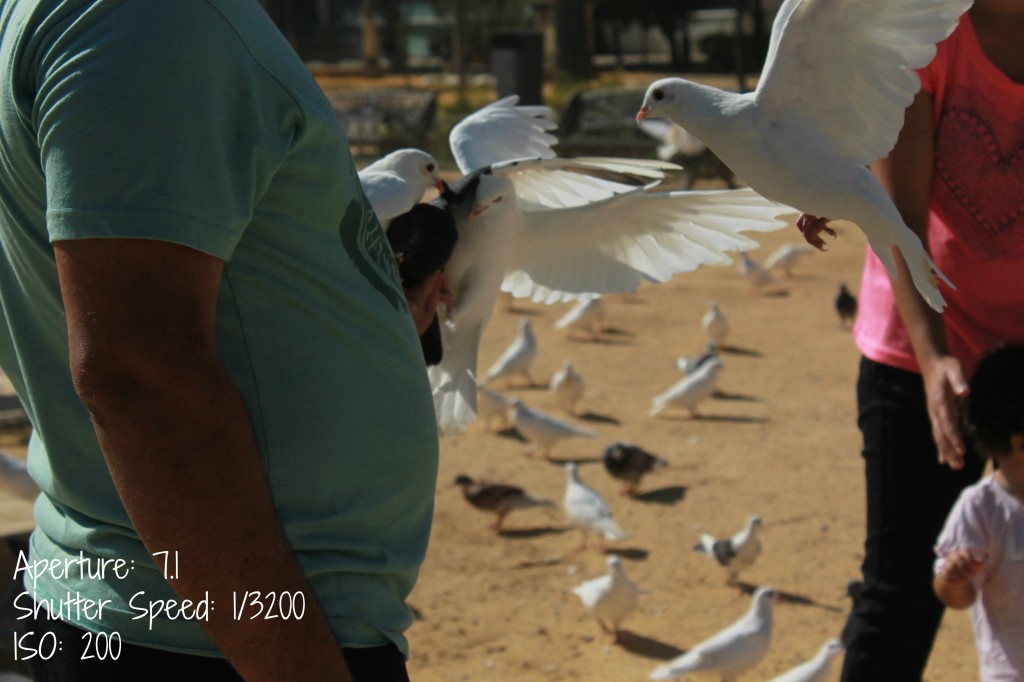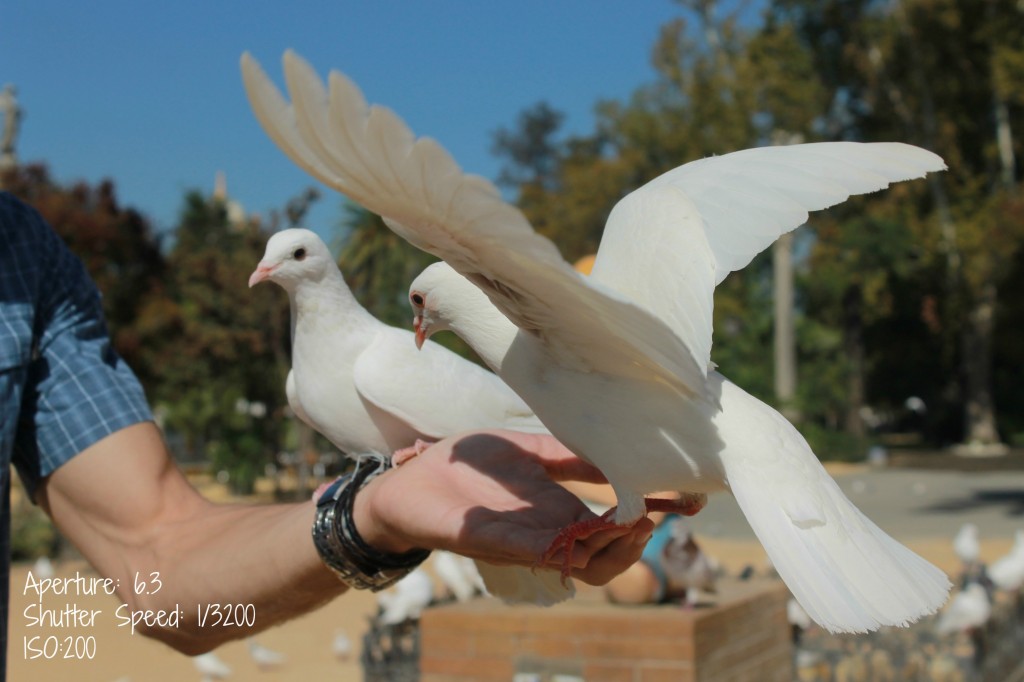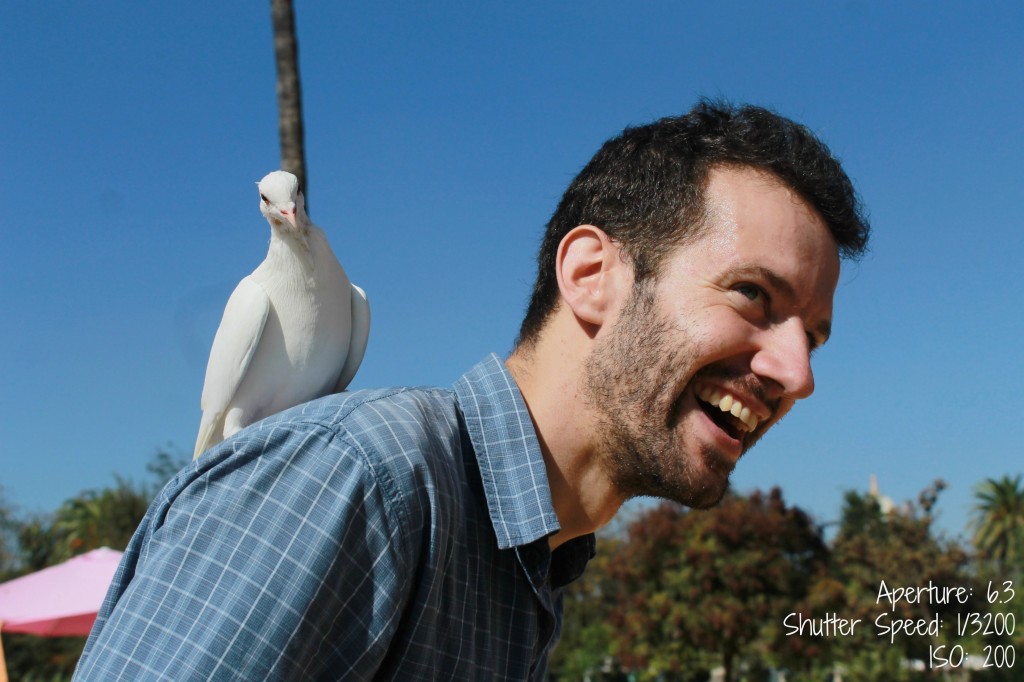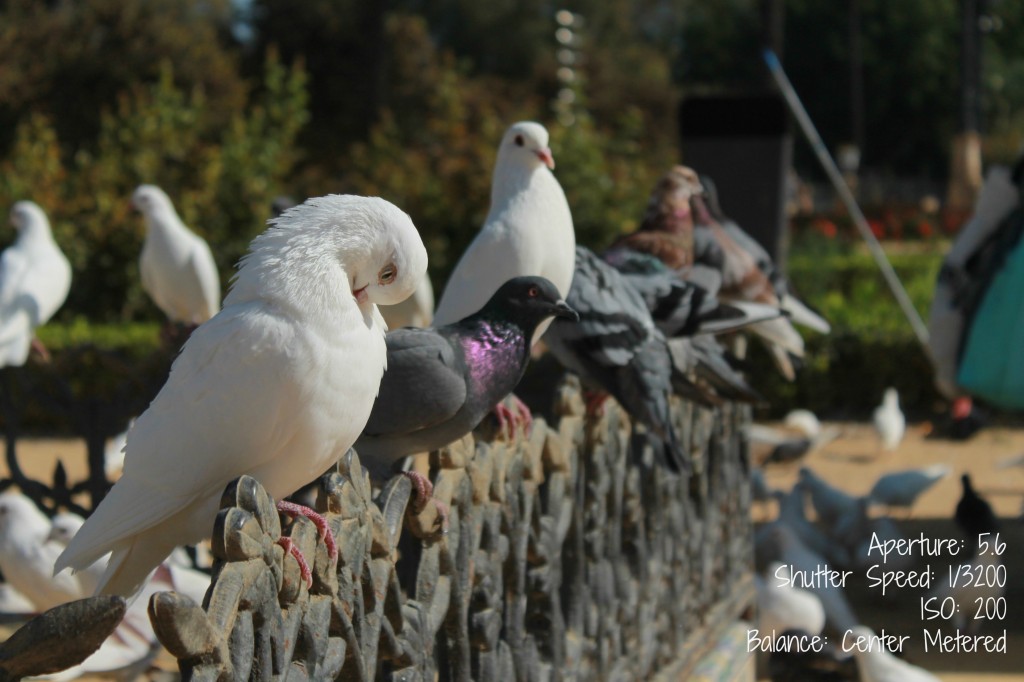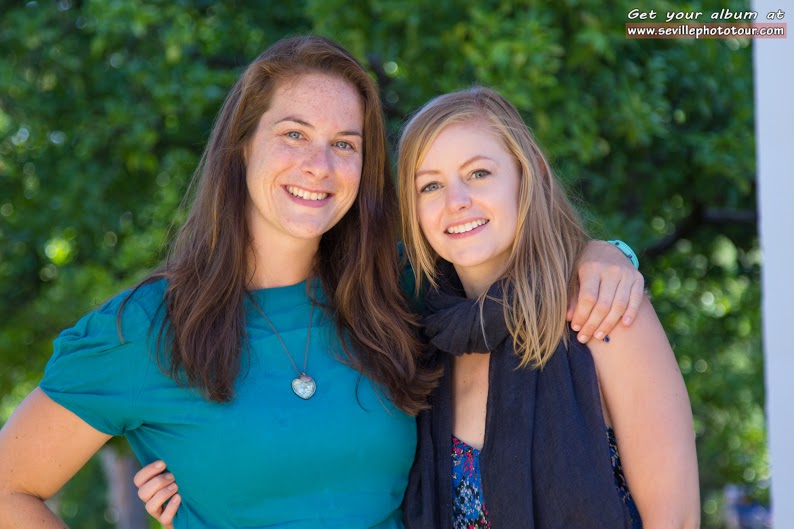It’s the happiest time of the year – now that the azahar has bloomed and the gold-laden Holy Week floats have been stored, Seville takes a week to celebrate Andalusian horses, Andalusian sherry and Andalusian music at the April Fair.
The Feria de Abril’s origins lie in a former cattle and livestock fair in the Prado de San Sebastián, though you’d never know it – the biggest and most traditional fair is all about appearances and connections, and it comes with its own set of vocabulary.
For a first-time fairgoer, your senses will be put to the test. The grounds smell of fried fish and horse poop and the music coming from the tents all begins to mix together into a raucous jumble of flamenco, but it’s a visual feast with the lights, the garb and the horses.
I was completely underprepared for the fair my first year – I wore jeans and a ratty shirt, and then wore the wrong types of accessories with my flamenco dress and didn’t know how to dance sevillanas – but look forward to it each year. Like everything in Seville, there are traditions and rules about how to dress and how to act, and the vocabulary that’s used to describe every aspect is used increasingly in the weeks leading up to the big event.
You’ll already stick out as a foreigner, but here’s a list of 20 indispensable words to know if you’re heading to the Feria de Abril:
Albero: Albero is the sandy mix of terrain that lines the sidewalks of the fairgrounds.
Alumbrado: Happening at midnight on the Lunes (Monday) of Feria, the main gate is lit by the city’s mayor. There are hundreds of thousands of bulbs covering both the portada and the lights along the streets, but they’re all LED!
Amazona: Women choose to wear either a traditional gypsy dress or don a riding outfit to ride side-saddle. An Amazona is a way to call the latter.
Calle del Infierno: Literally translated as ‘Hell Street,’ the Calle del Infierno is located at the western edge of the fairgrounds and has carnival rides, booths and food stands. Keep an extra eye on your purse here.
Caseta: The makeshift tents that line the streets of the Real. These small structures are owned by families, political parties, businesses or organizations, some of them being private while others public. Each caseta has a kitchen, bathroom and room to dance or eat.
Coche de Caballos: A central element of the fair is the Andalusian horse, and horse carriages circulate on a city-mandated route from noon until 8pm. The permission to bring a horse carriage is only granted to several hundred official carriages, and the licenses are pricey! Just be sure to watch for horse poop!
Complementos: A traditional dress is nothing without its larger-than-life accessories. Women don shawls (mantoncillos), earrings (pendientes), combs (peinetas) and large flowers, and it’s not uncommon to see bracelets of necklaces, either.
Corrida de Toros: Big-name bullfighters come to Seville during the fair to practice their sport at the Maestranza bull ring. Tickets are pricey and seats are limited. In fact, the names of the streets in the real are named for Andalusian bullfighters, like Juan Belmonte or Curro Romero.
El Pescaíto: The opening meal of the fair, open to members of the casetas, where fried fish is served. This dinner usually commences at 9pm. The day itself is called the lunes de pescaíto.
Enchufe: A catch-all word that means plug in a literal and figurative sense, having connections and invitations to a caseta means you’ve got enchufe. Start asking around a few weeks before Semana Santa to see who has access and who can invite you (in exchange for food and drink, of course!).
Farolillo: Paper lanterns that are strung up in the fairgrounds and lit at night.
Feriante: an adjective referring to anyone who is a fair-goer. As in, Cat es muy feriante.
Fino: Sherry wine made from Palomino grapes that is consumed by the bucketload. See also: rebujito.
Portero: The doorman in private casetas reserves the right to let you in or not. Flirting sometimes works, but you’re better off saying you know someone inside and will just nip in to look for him.
Portada: Taking on a different design every year, the portada is the main gate that crowns Calle Antonio Bienvenida. It’s covered in lightbulbs and is known as a meeting point (even though ‘Let’s meet under the portada‘ is like saying, I’ll try to look for you somewhere in the city center).
Real de la Feria: The recinto ferial isn’t enough of a name – Seville’s fairgrounds has an upgraded moniker known as the Real de la Feria, or simply el Real. It’s often referred to this way in the press.
Rebujito: This sherry and 7-up hybrid is the drink of choice for many sevillanos during the week. Served in a pitcher with ice and small glasses for sipping, it’s concocted from a half liter of dry sherry and two cans of the soft drink. Be careful – it’s a lot more potent than you’d imagine!
Sevillanas: Locals are known for being rancios – overly traditional – and the only music you’ll hear spilling out of the casetas are rumbas or sevillanas. Sevillanas is a four-part dance in which partners court one another. The basic steps repeat over and over again, but the difficult increases from the first to the fourth parts (and after too much rebujito).
Socio(s): Those with enchufe will likely know socios, or card-carrying members of casetas. Individuals will pay a yearly fee – in addition to whatever they spend – for the maintenance and decor of the caseta. Each one usually elects a president who must hire the food and entertainment, along with the people who erect the tent before the festivities. When the Novio and I were socios, we had to show a special card plus a yearly pass to be able to enter!
Traje de Gitana: Women tend to wear a flamenco dress with ruffles and polka dots, known as a traje de gitana or simply a traje. These garments can cost 500€ or more depending on the fabric, designer and number of ruffles, or volantes, and they are worn with complementos. Some women have multiple dresses so as not to be seen twice in the same traje. The only rule is that the dresses are not worn on the Lunes del Pecaíto.
And a word I taught my Spanish students after my first Alumbrado? Hangover.
Did I miss any words on the list? What are your favorite feria-esque words?
